-
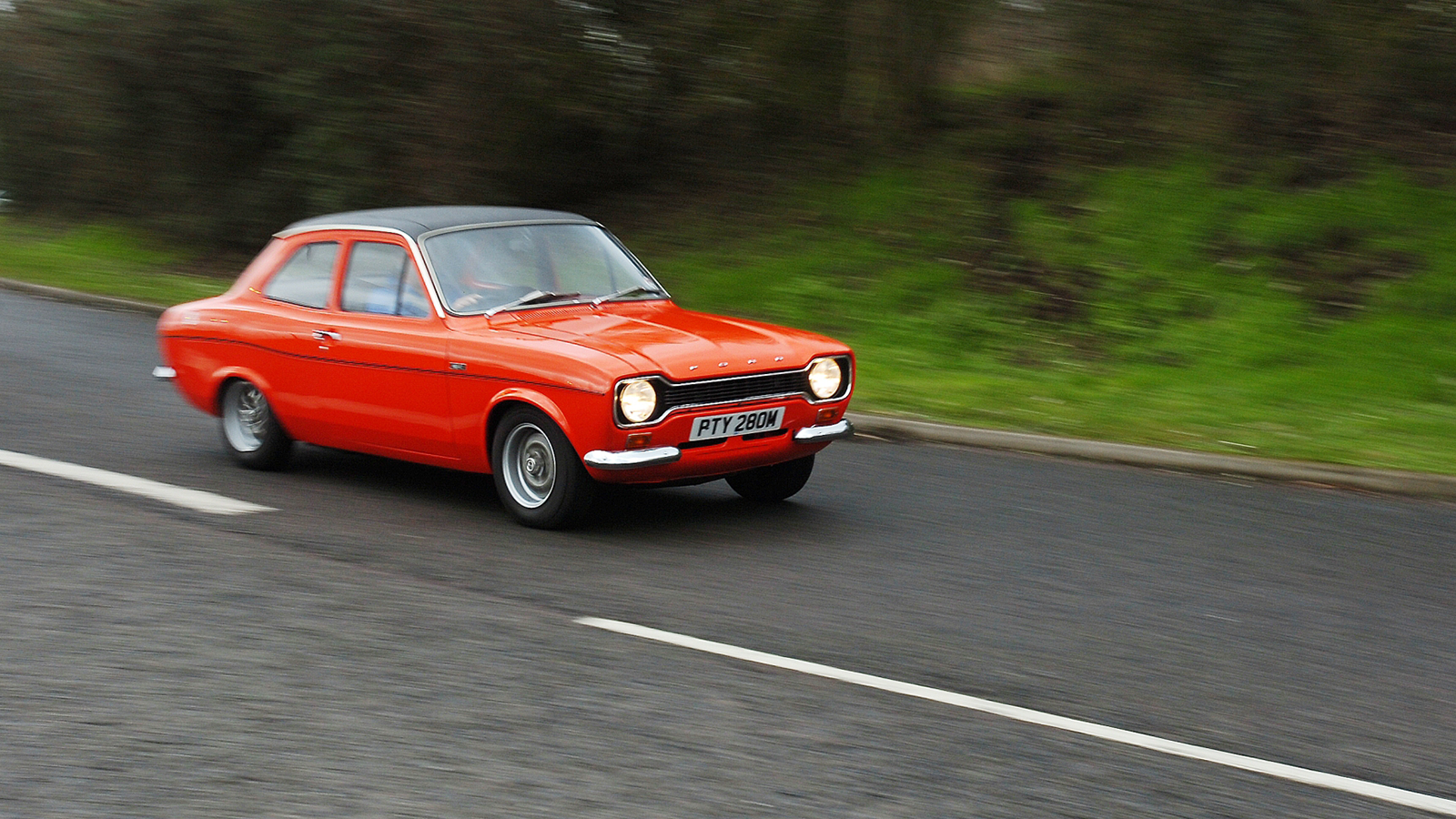 © Ford UK
© Ford UK -
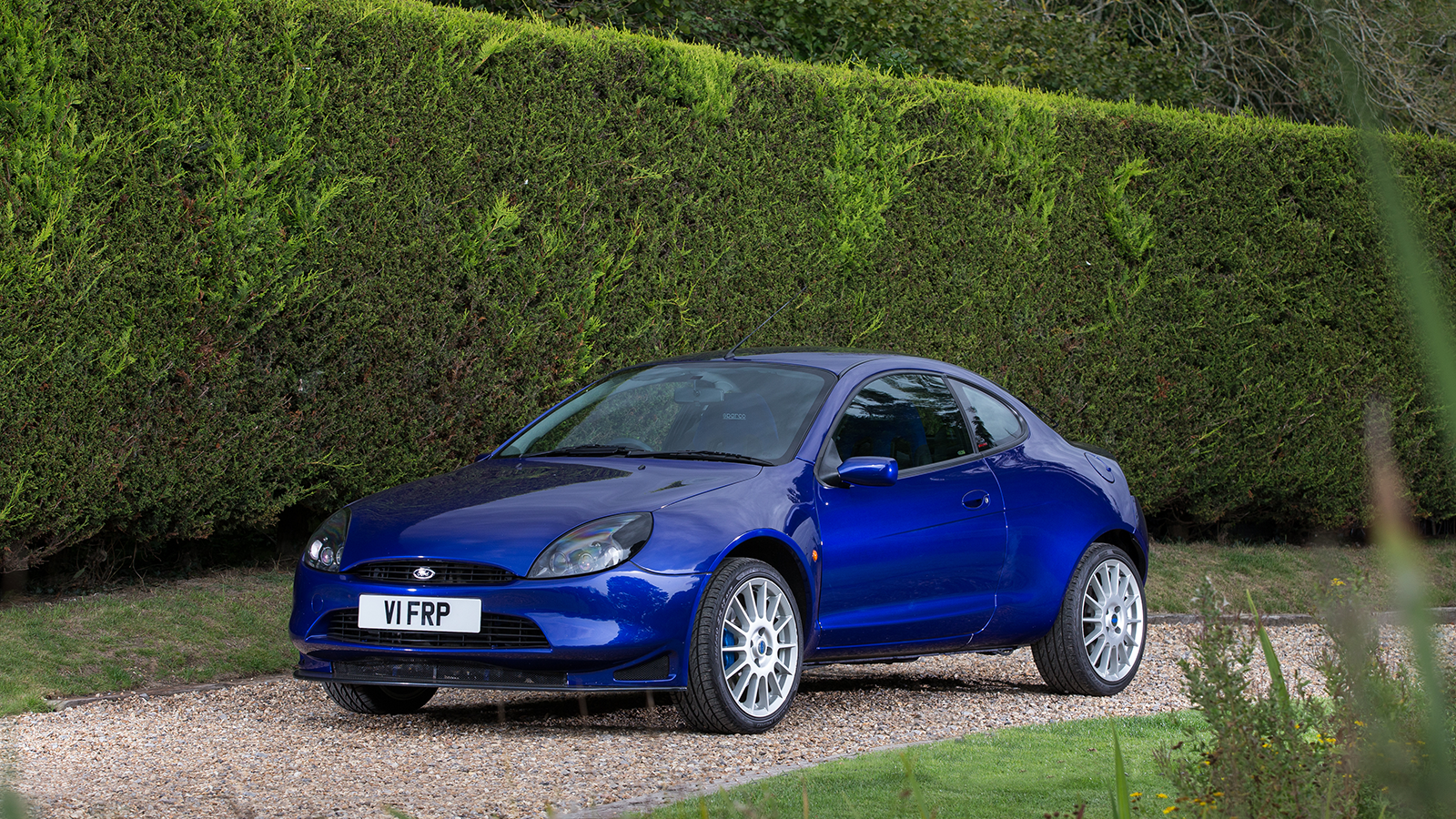 © Ford UK
© Ford UK -
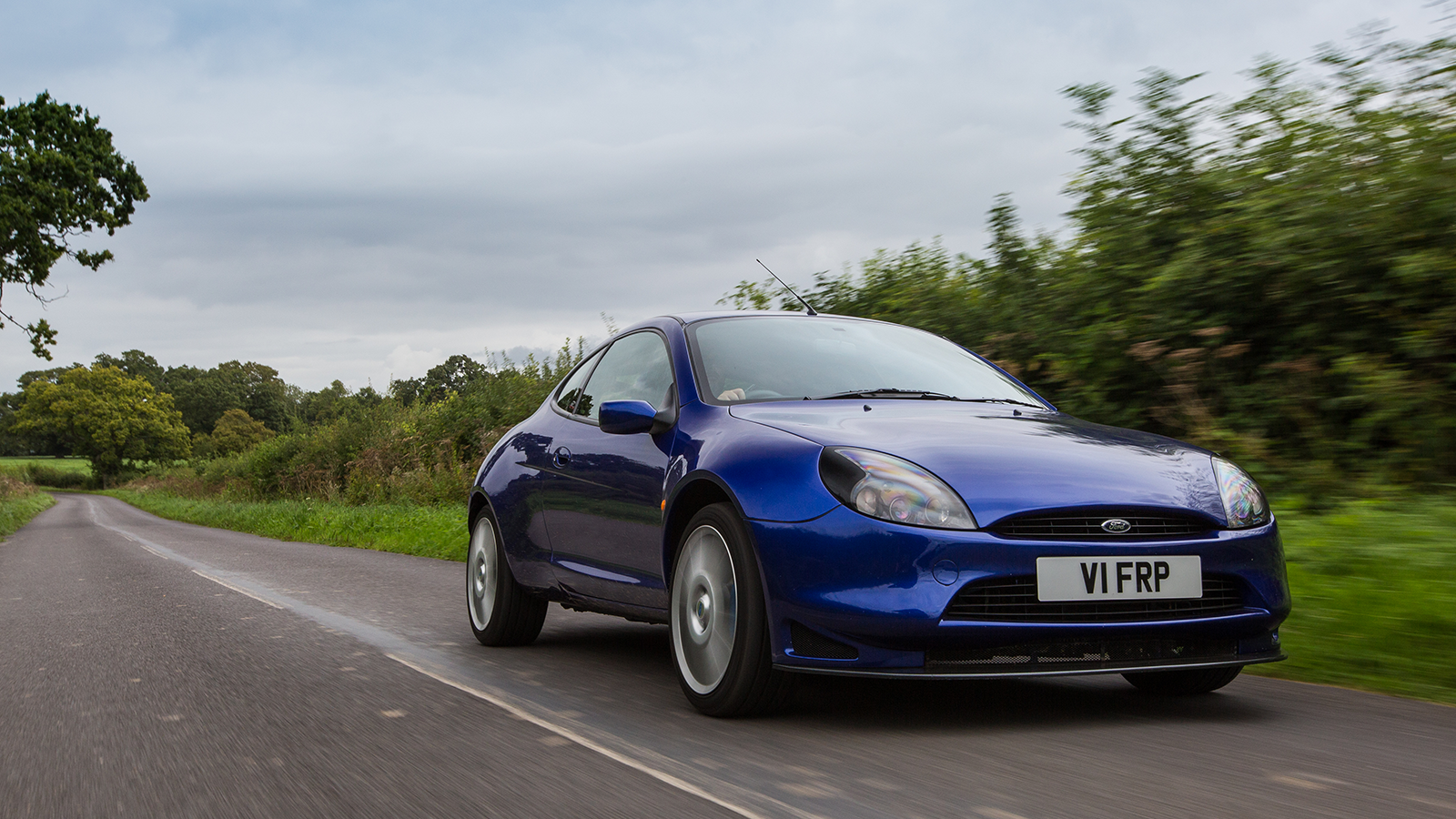 © Ford UK
© Ford UK -
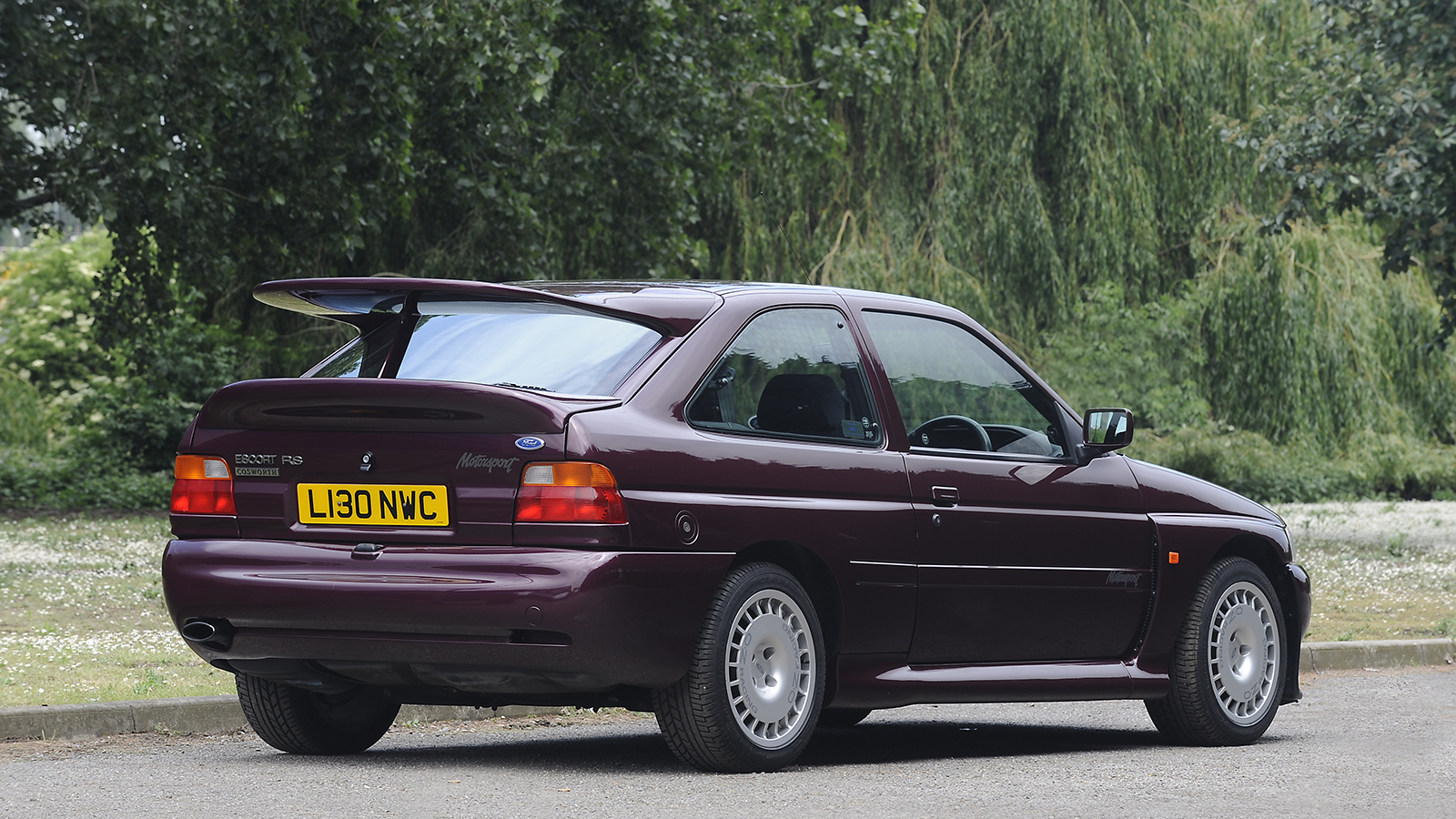 © Ford UK
© Ford UK -
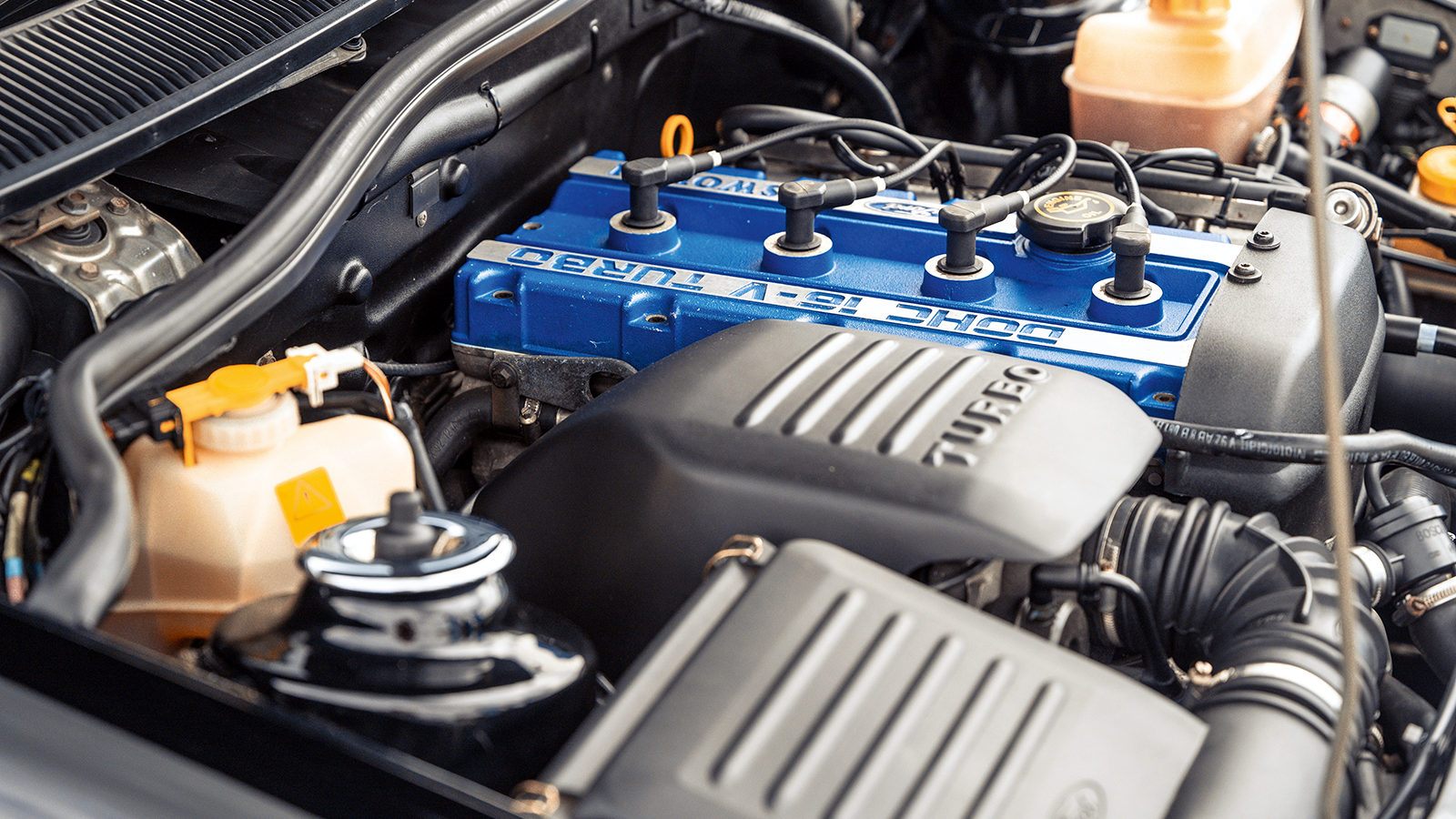 © Ford UK
© Ford UK -
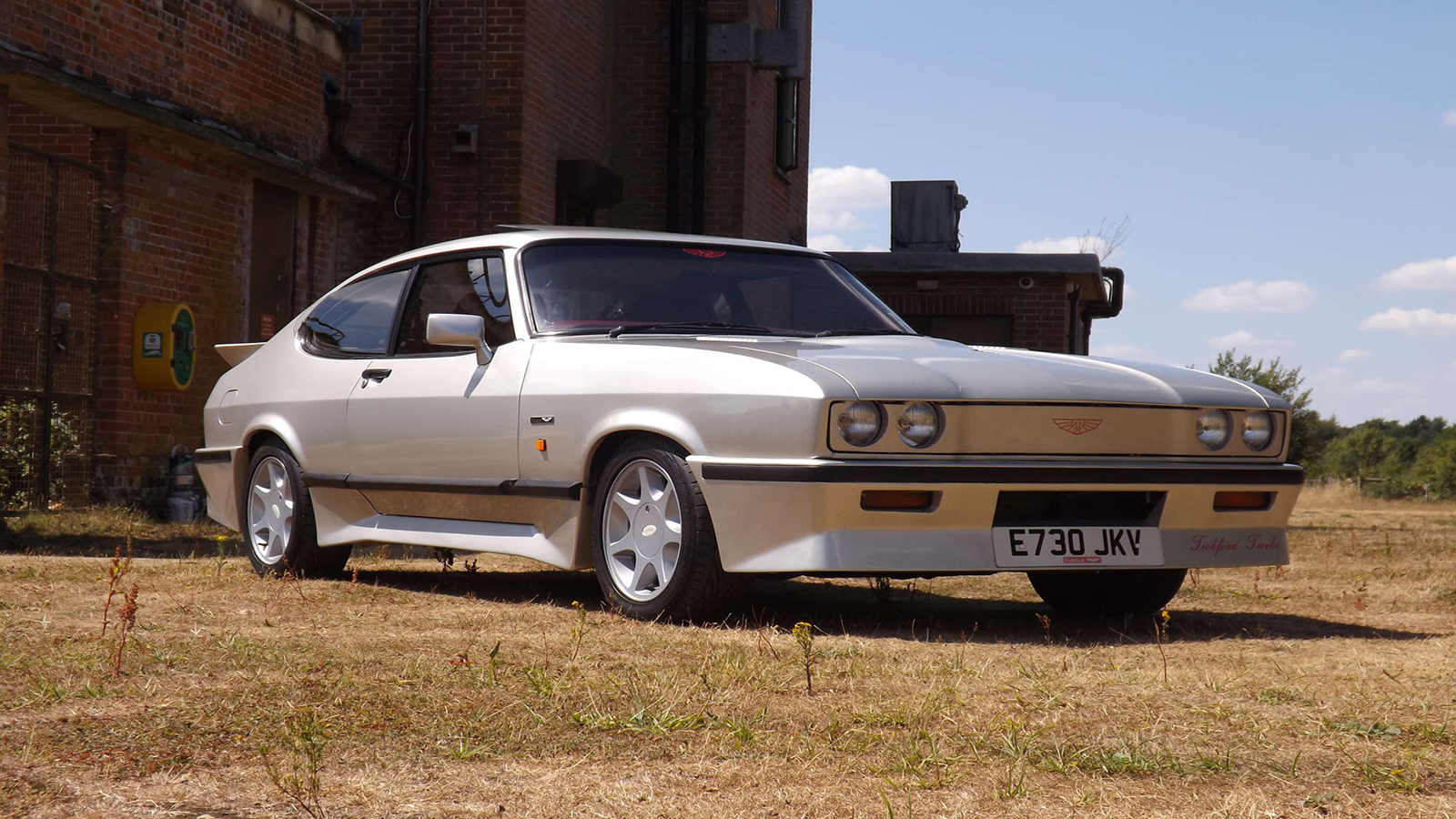 © Silverstone Auctions
© Silverstone Auctions -
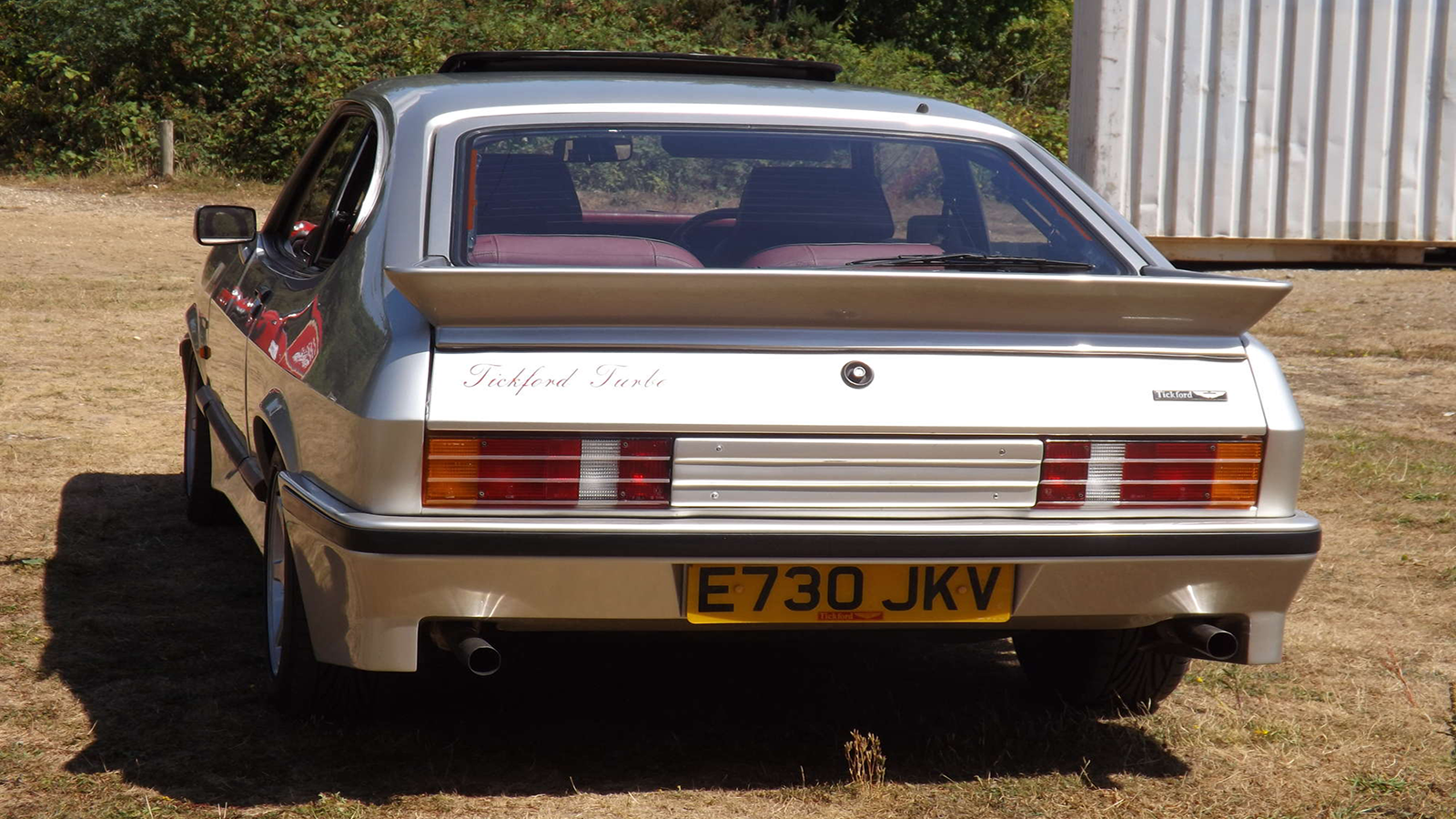 © Silverstone Auctions
© Silverstone Auctions -
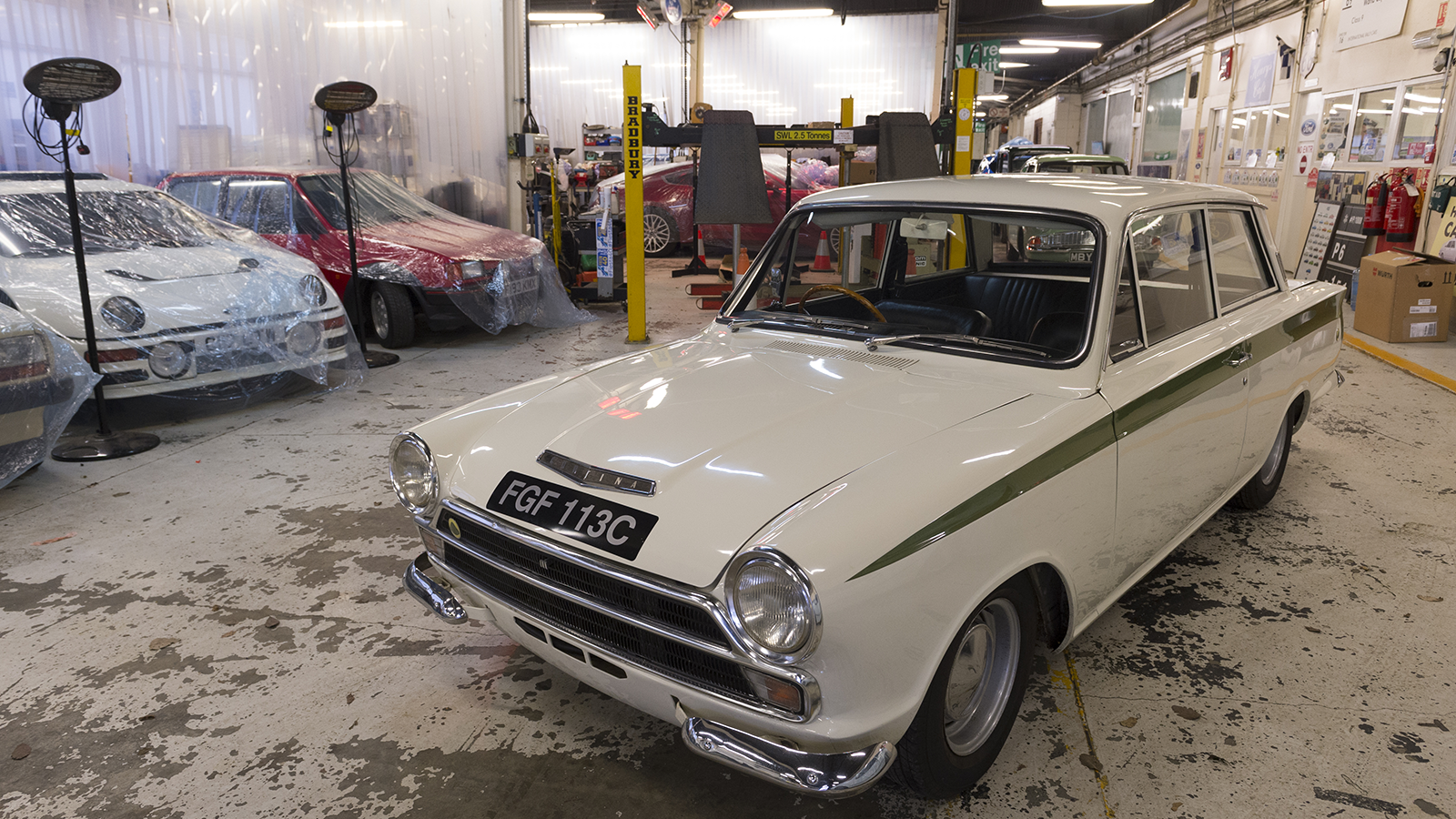 © Ford UK
© Ford UK -
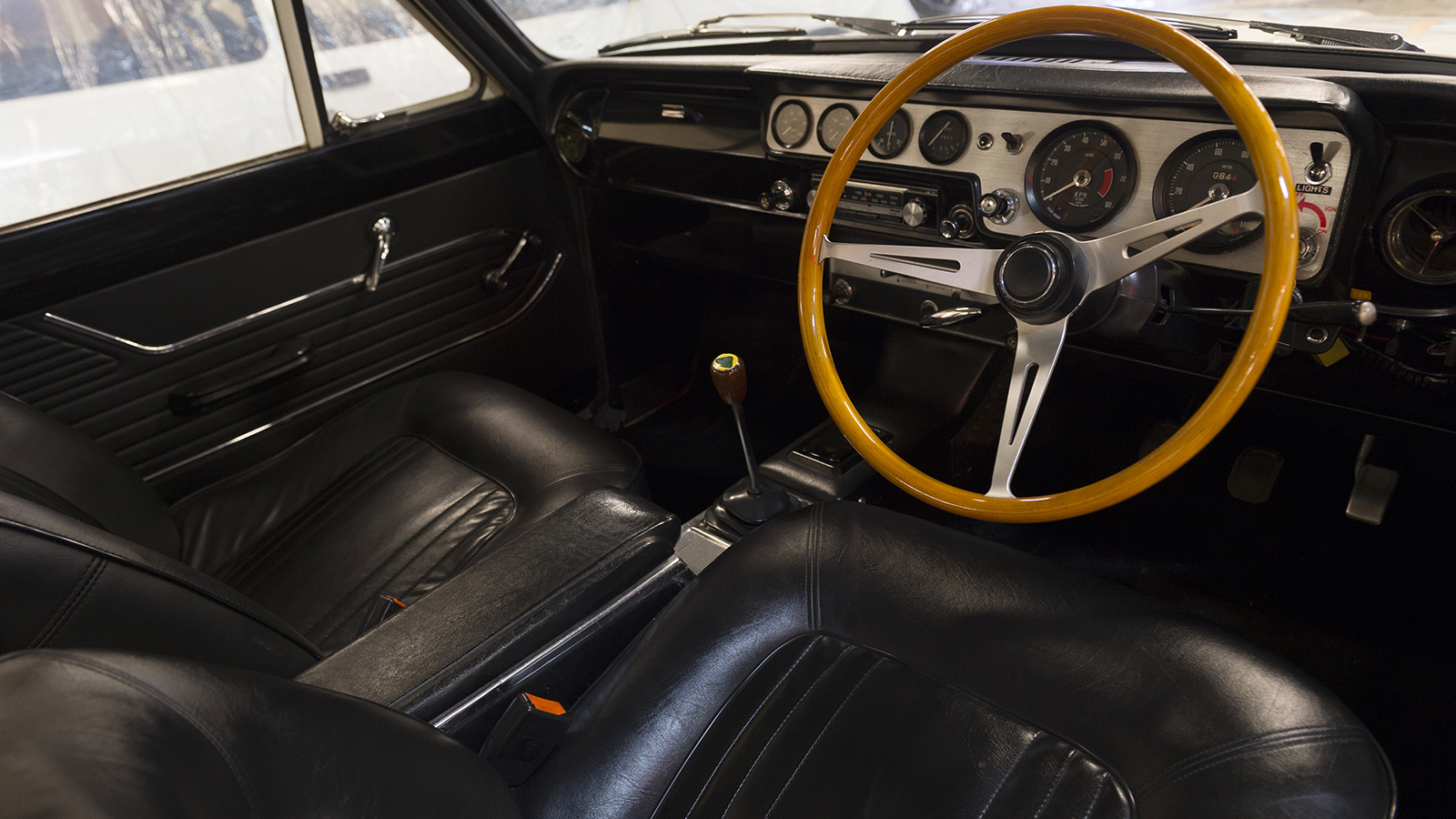 © Ford UK
© Ford UK -
 © Classic & Sports Car
© Classic & Sports Car -
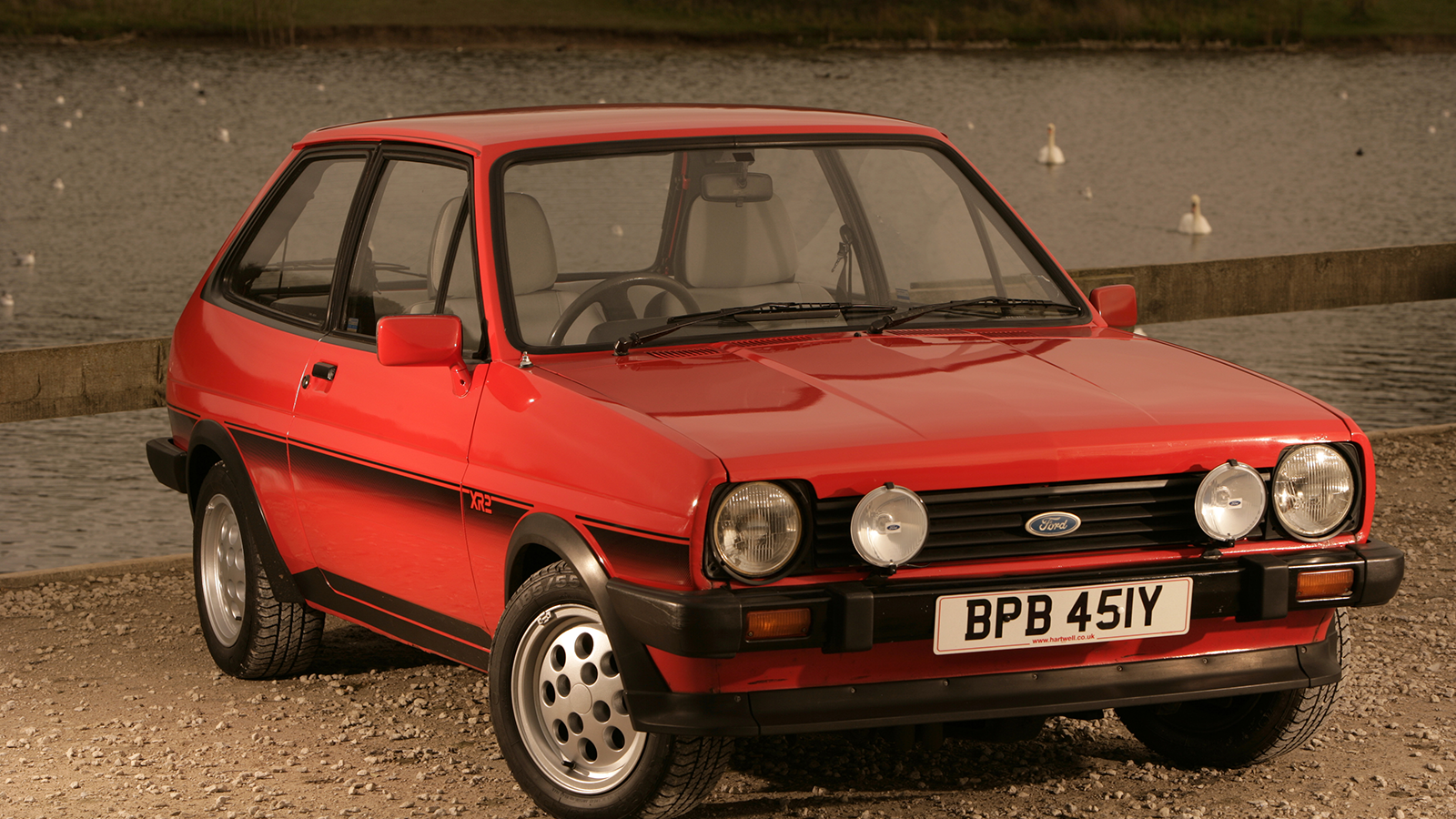 © Classic & Sports Car
© Classic & Sports Car -
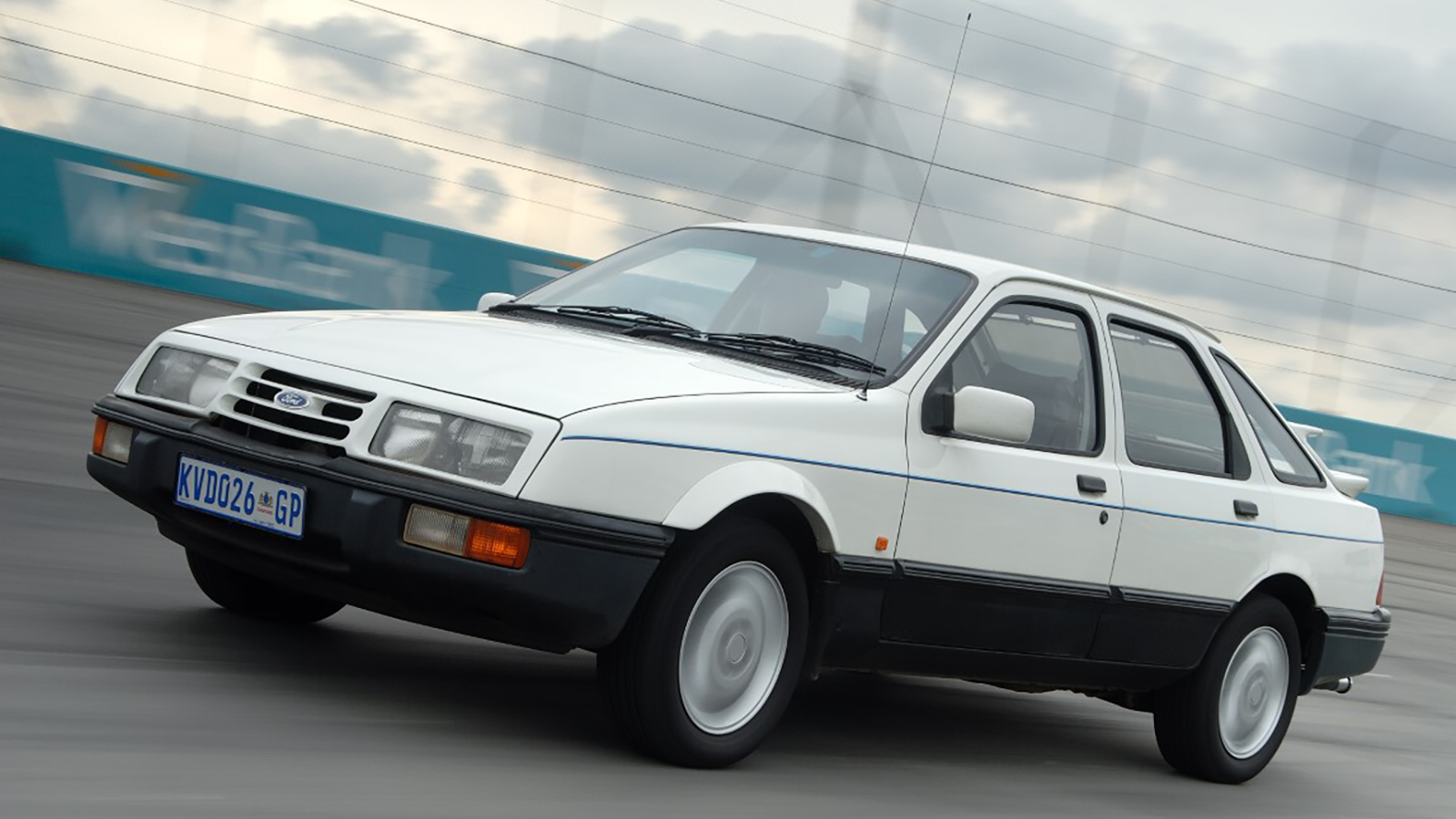 © Ford South Africa
© Ford South Africa -
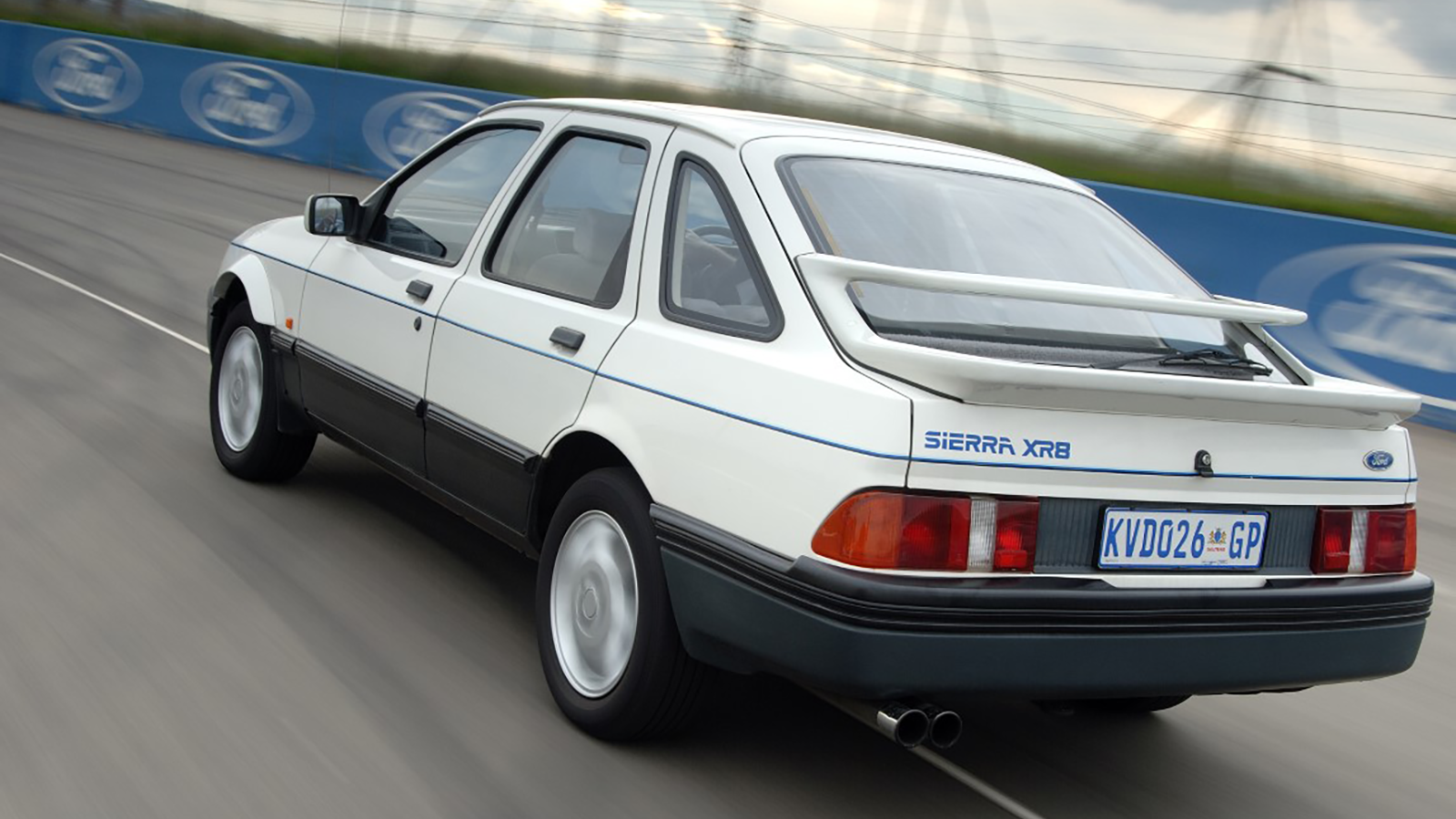 © Ford South Africa
© Ford South Africa -
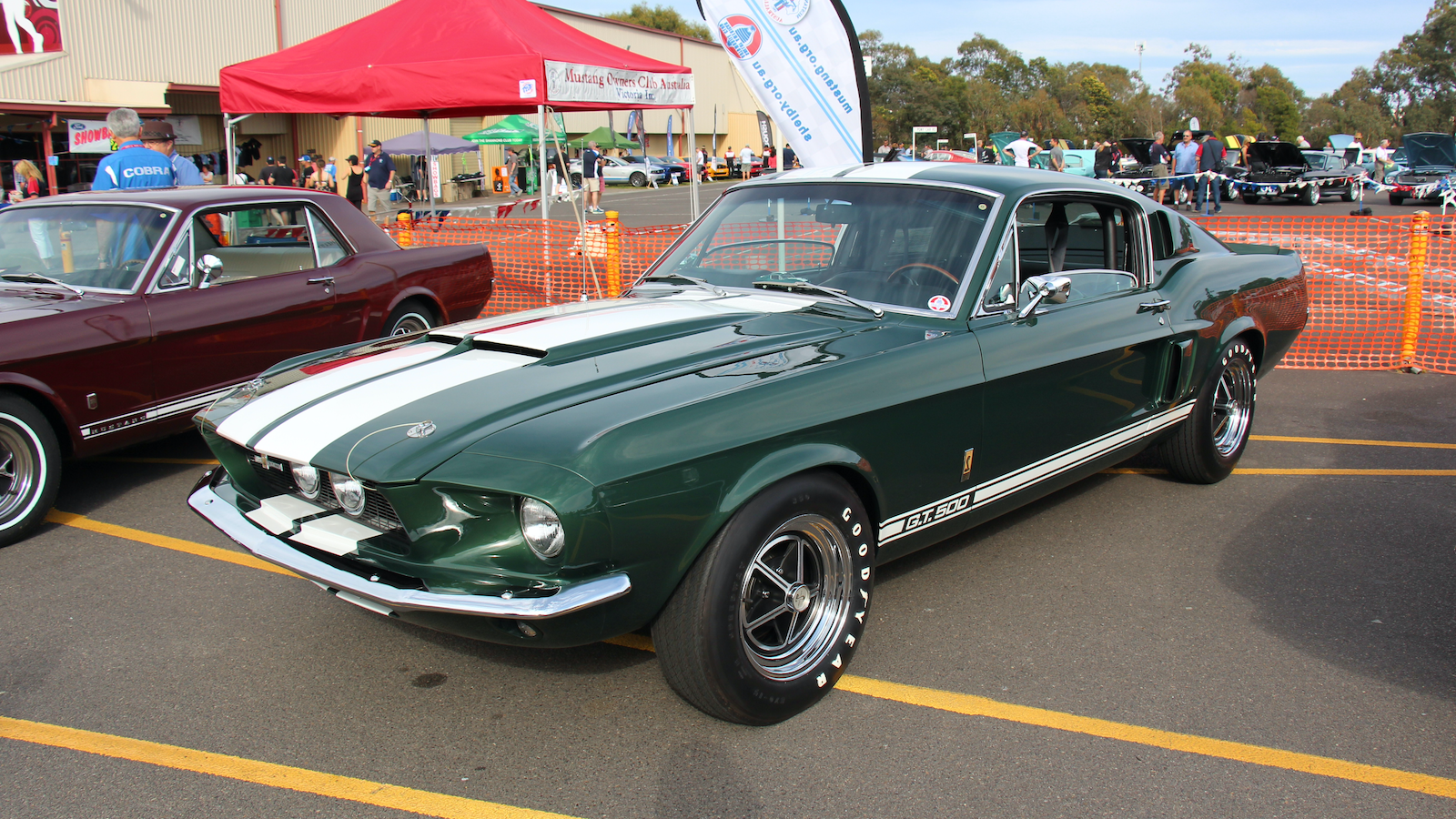 © Sicnag/Wikipedia
© Sicnag/Wikipedia -
 © RM Sotheby’s
© RM Sotheby’s -
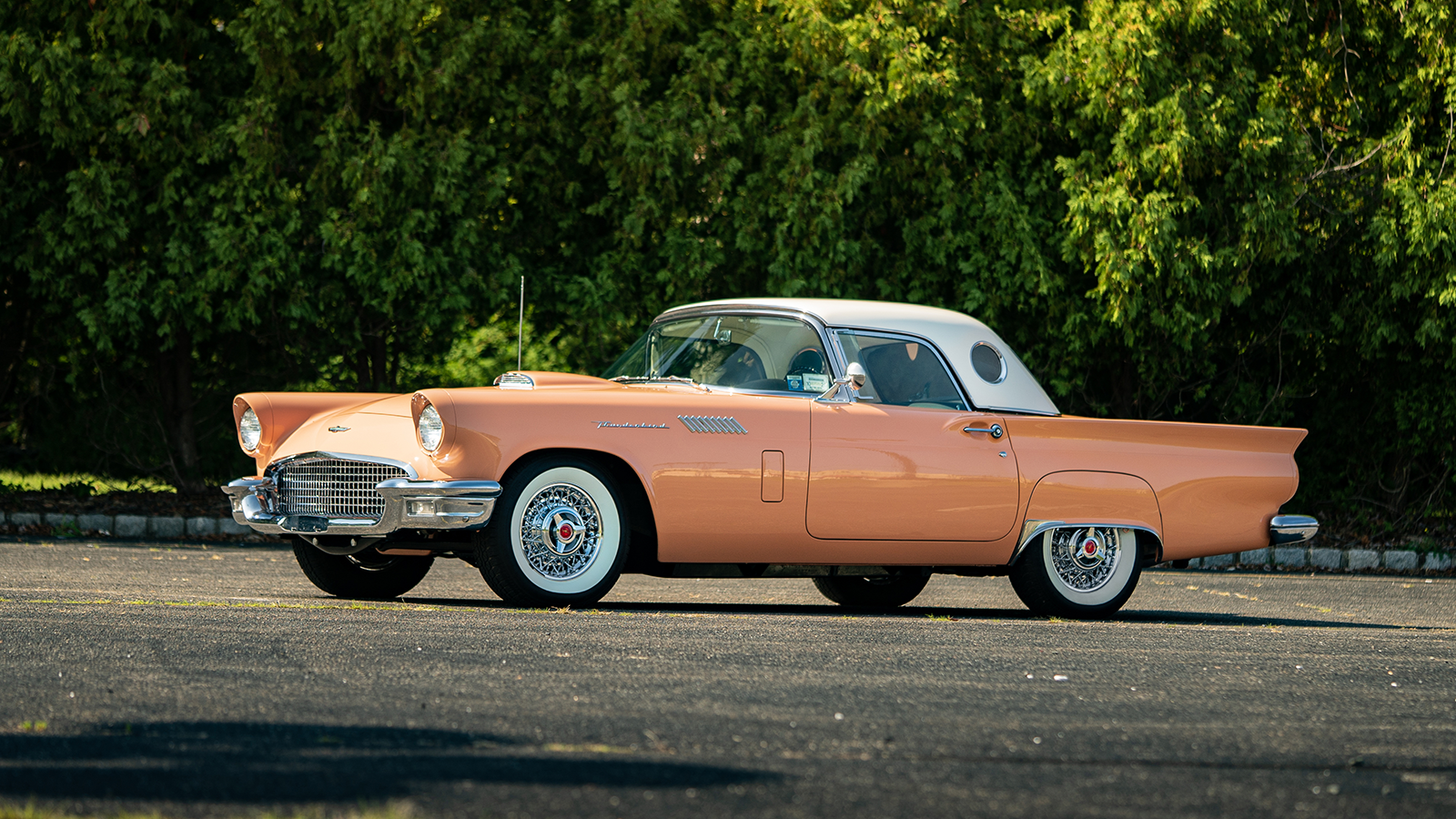 © RM Sotheby’s
© RM Sotheby’s -
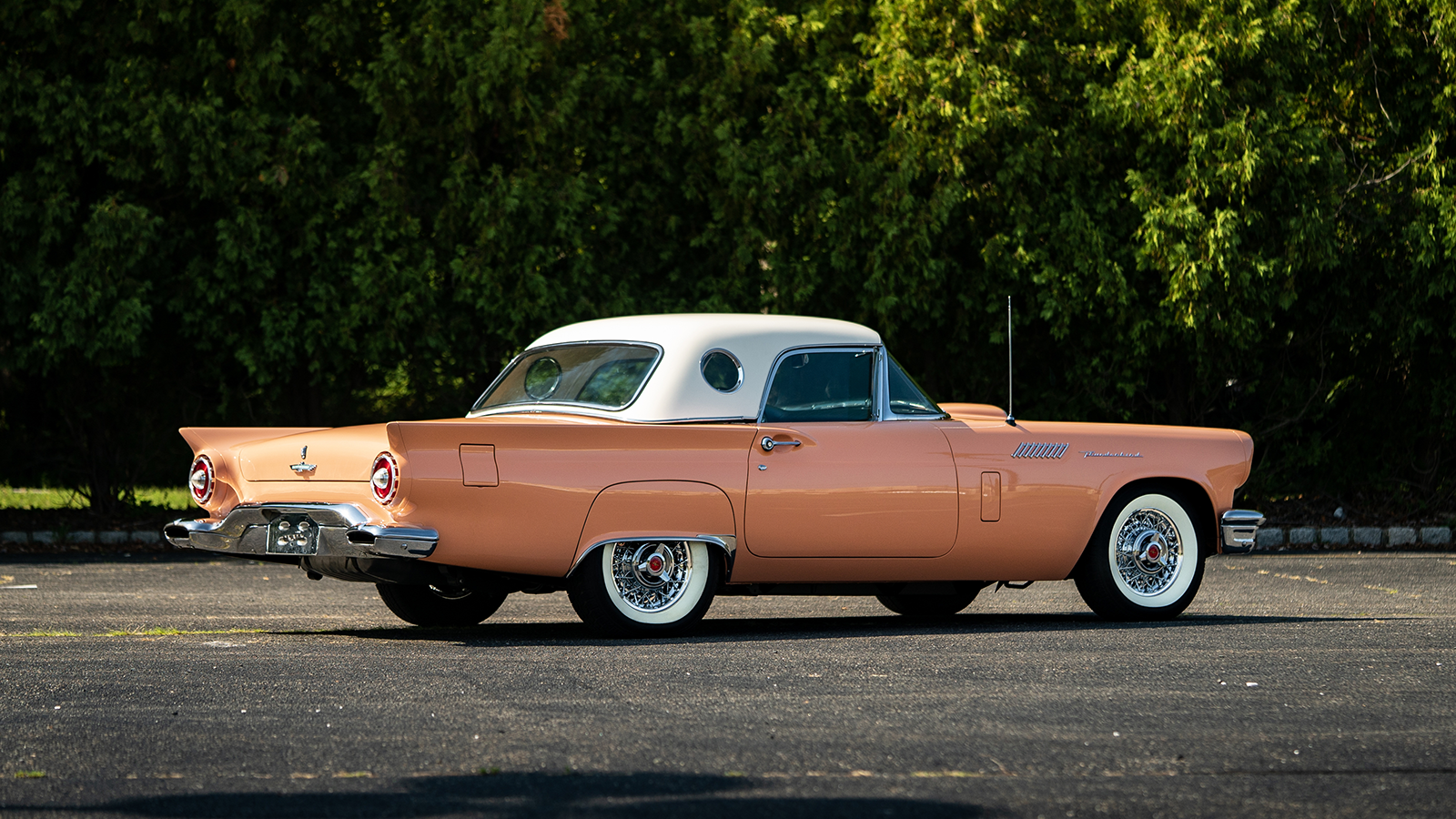 © RM Sotheby’s
© RM Sotheby’s -
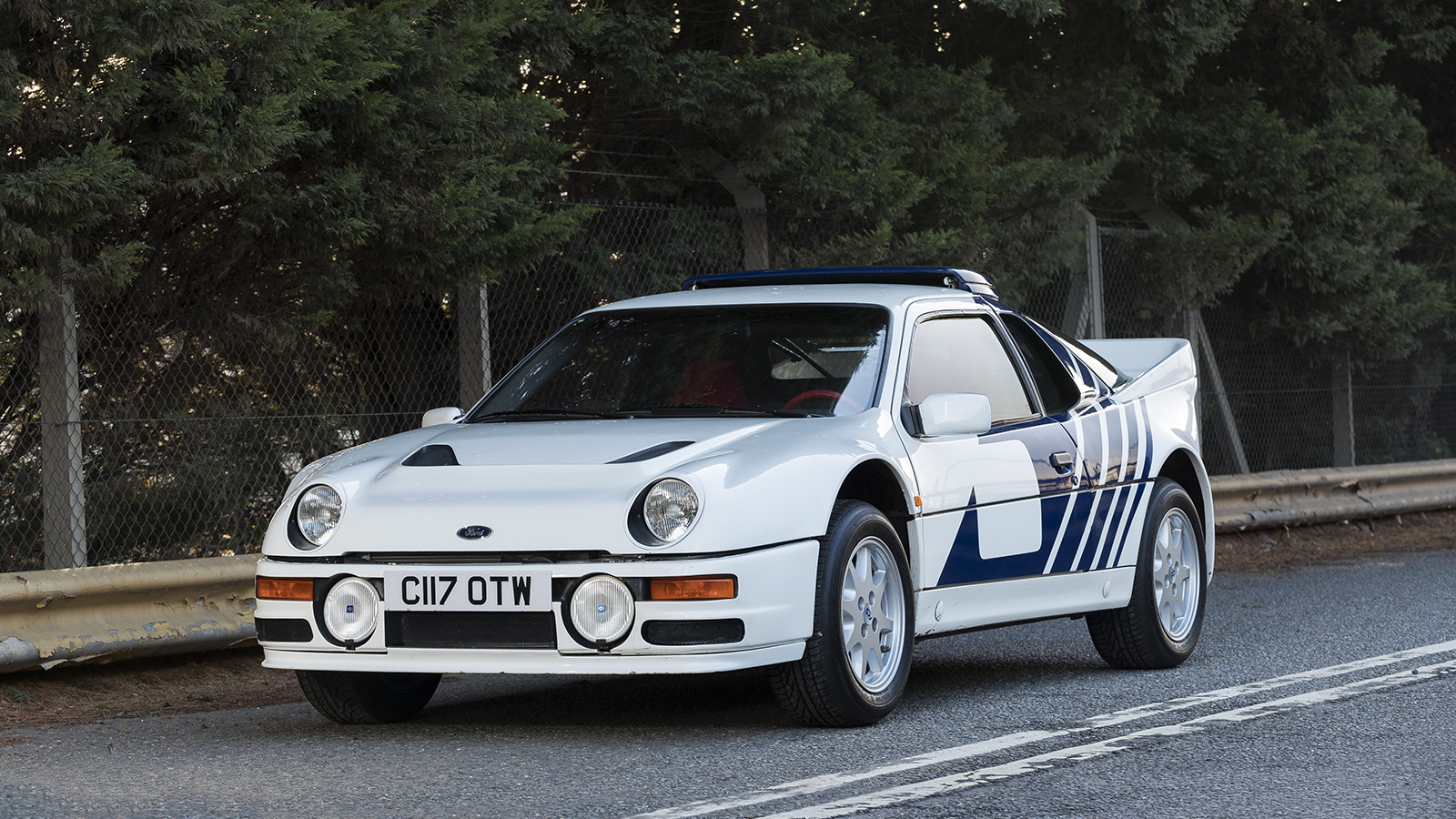 © Ford UK
© Ford UK -
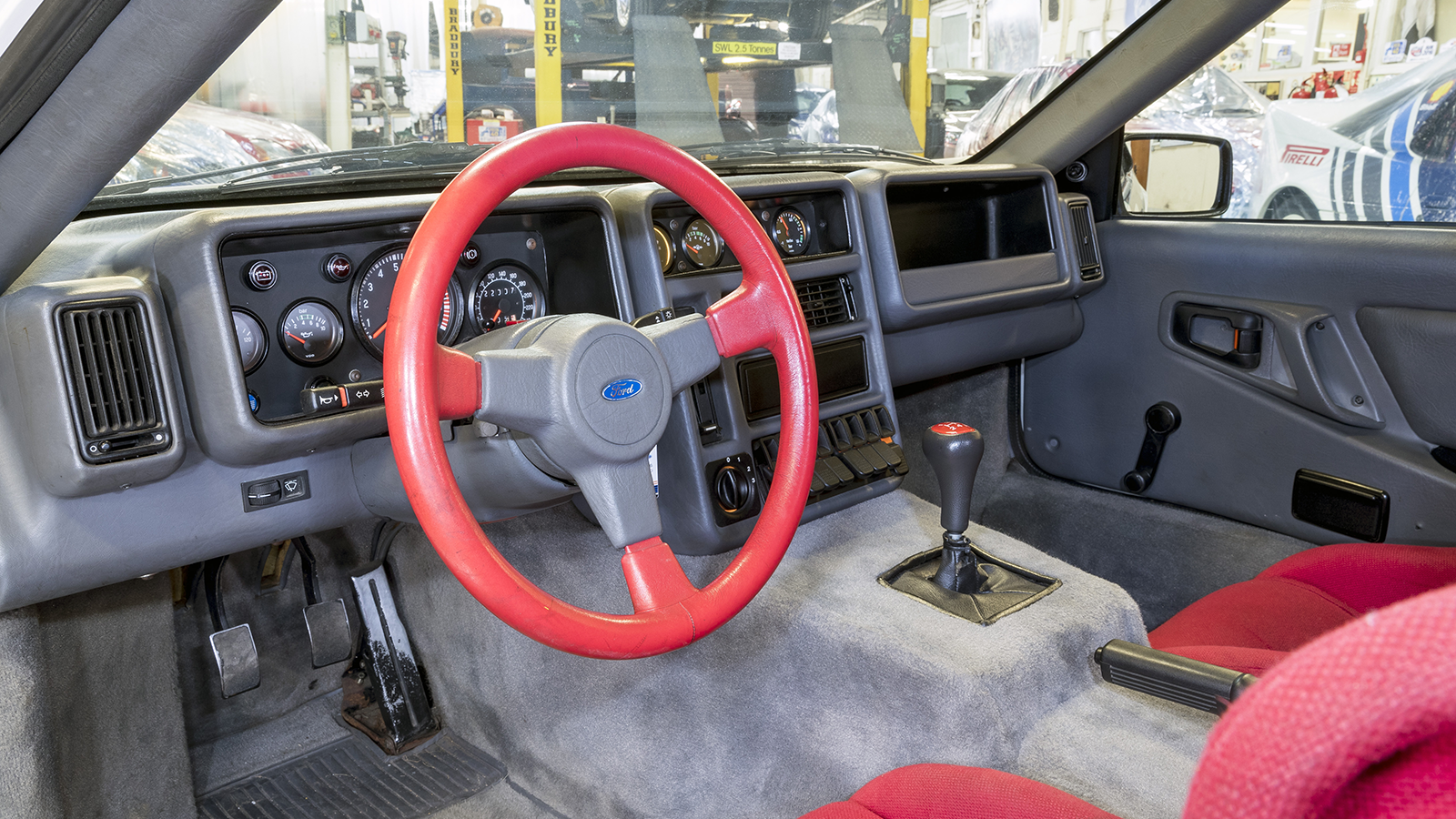 © Ford UK
© Ford UK -
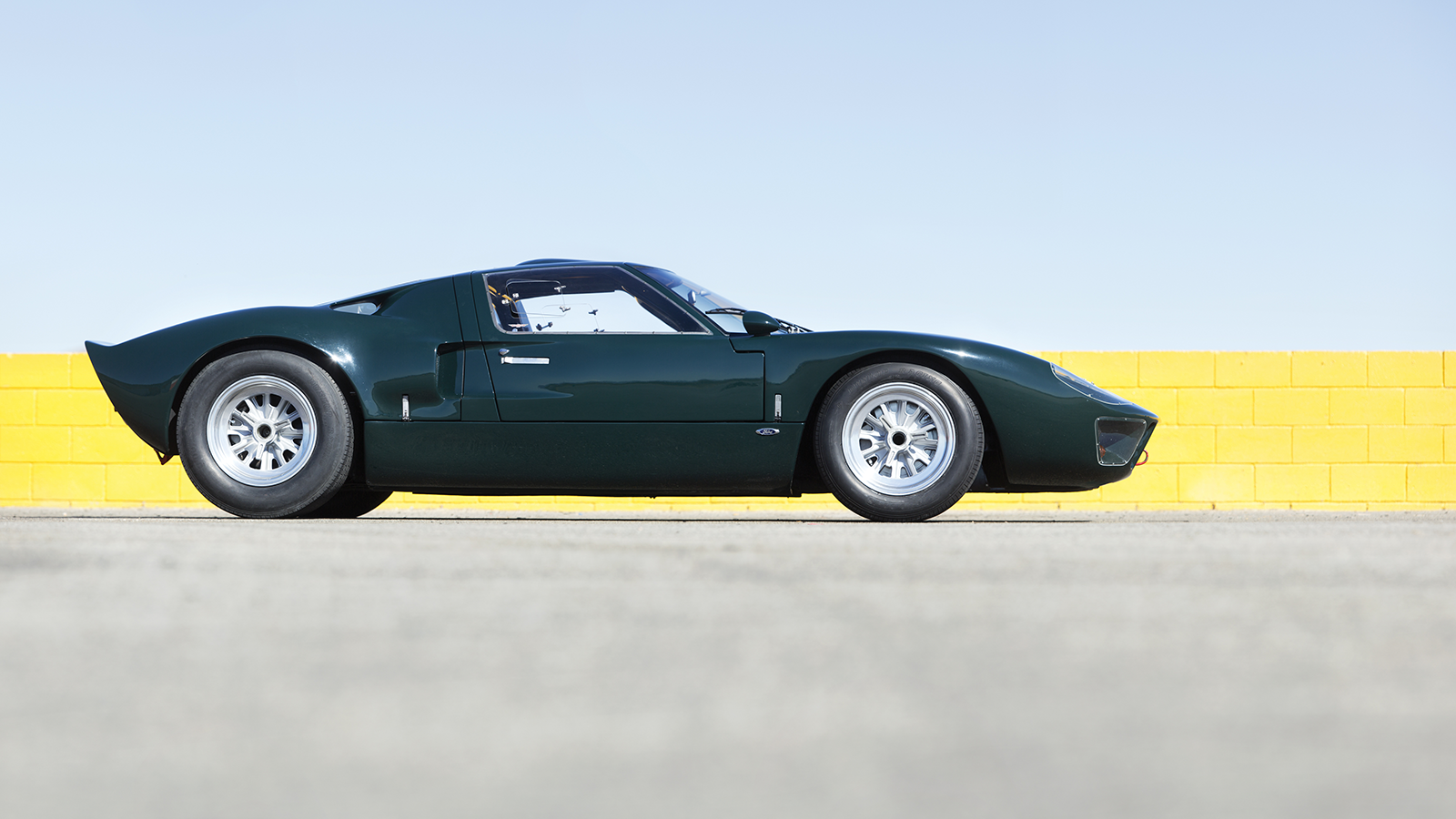 © Pawel Litwinski/RM Sotheby’s
© Pawel Litwinski/RM Sotheby’s -
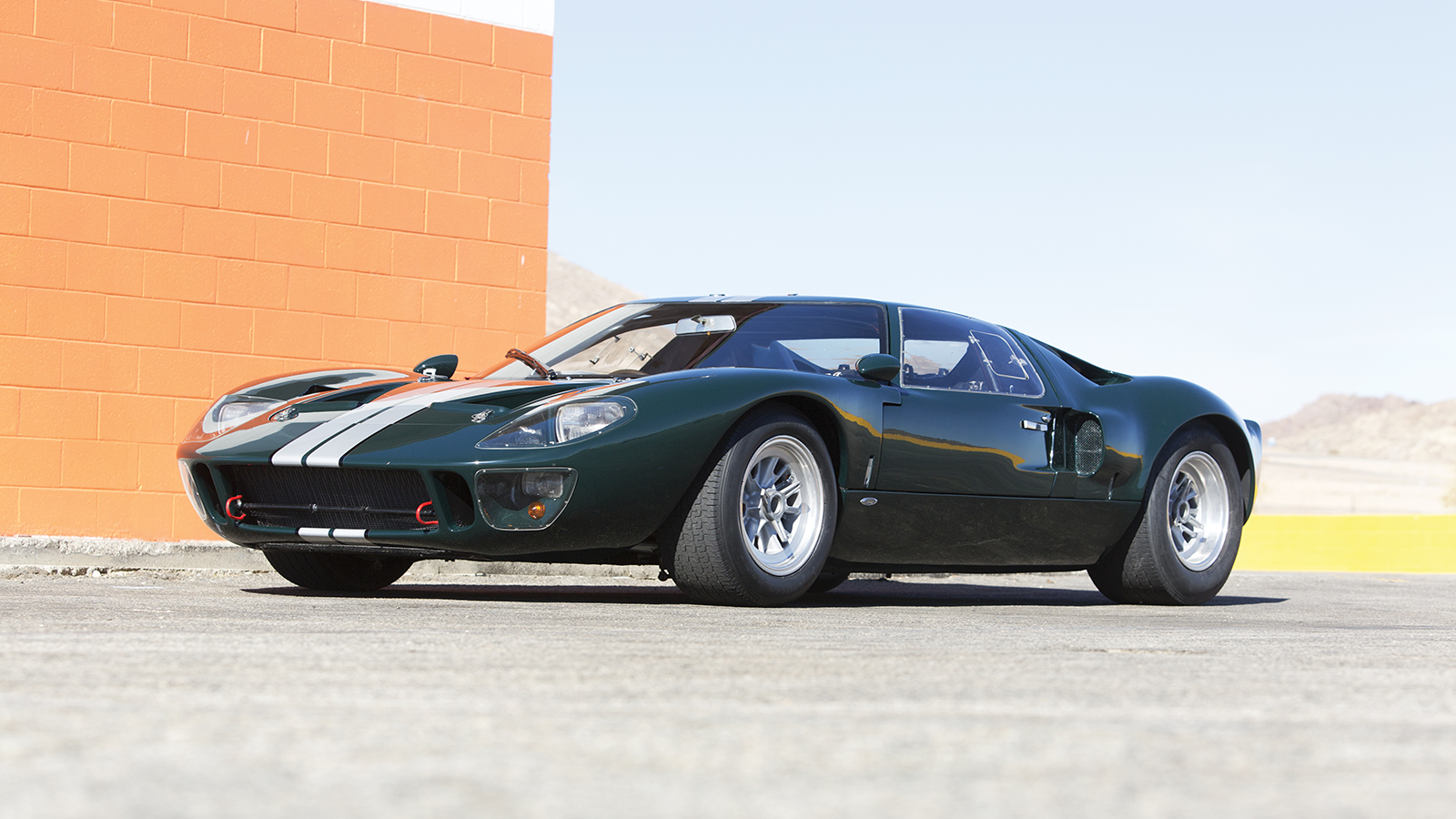 © Pawel Litwinski/RM Sotheby’s
© Pawel Litwinski/RM Sotheby’s -
 © Ford UK
© Ford UK -
 © Ford UK
© Ford UK -
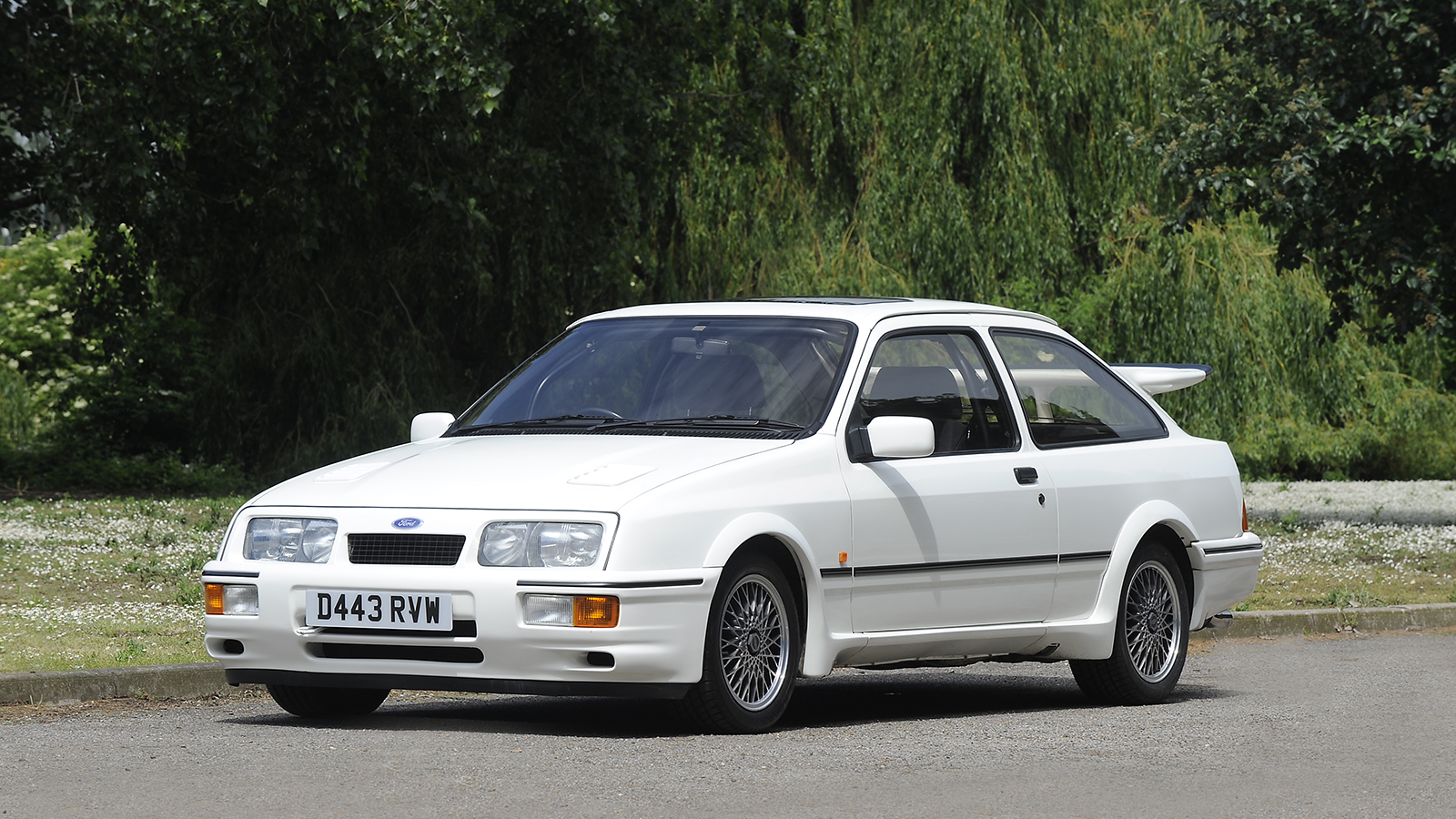 © Ford UK
© Ford UK -
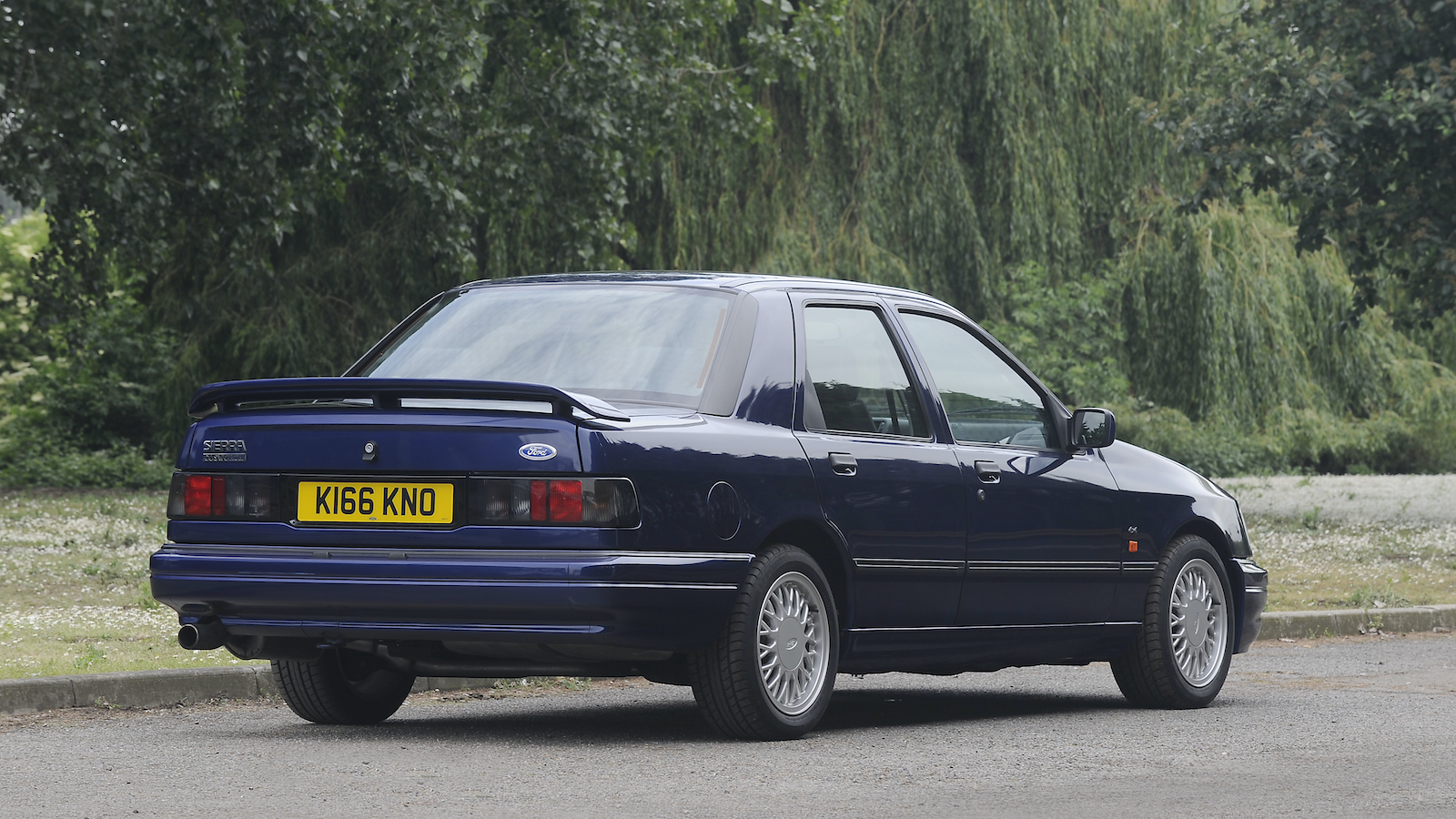 © Ford UK
© Ford UK -
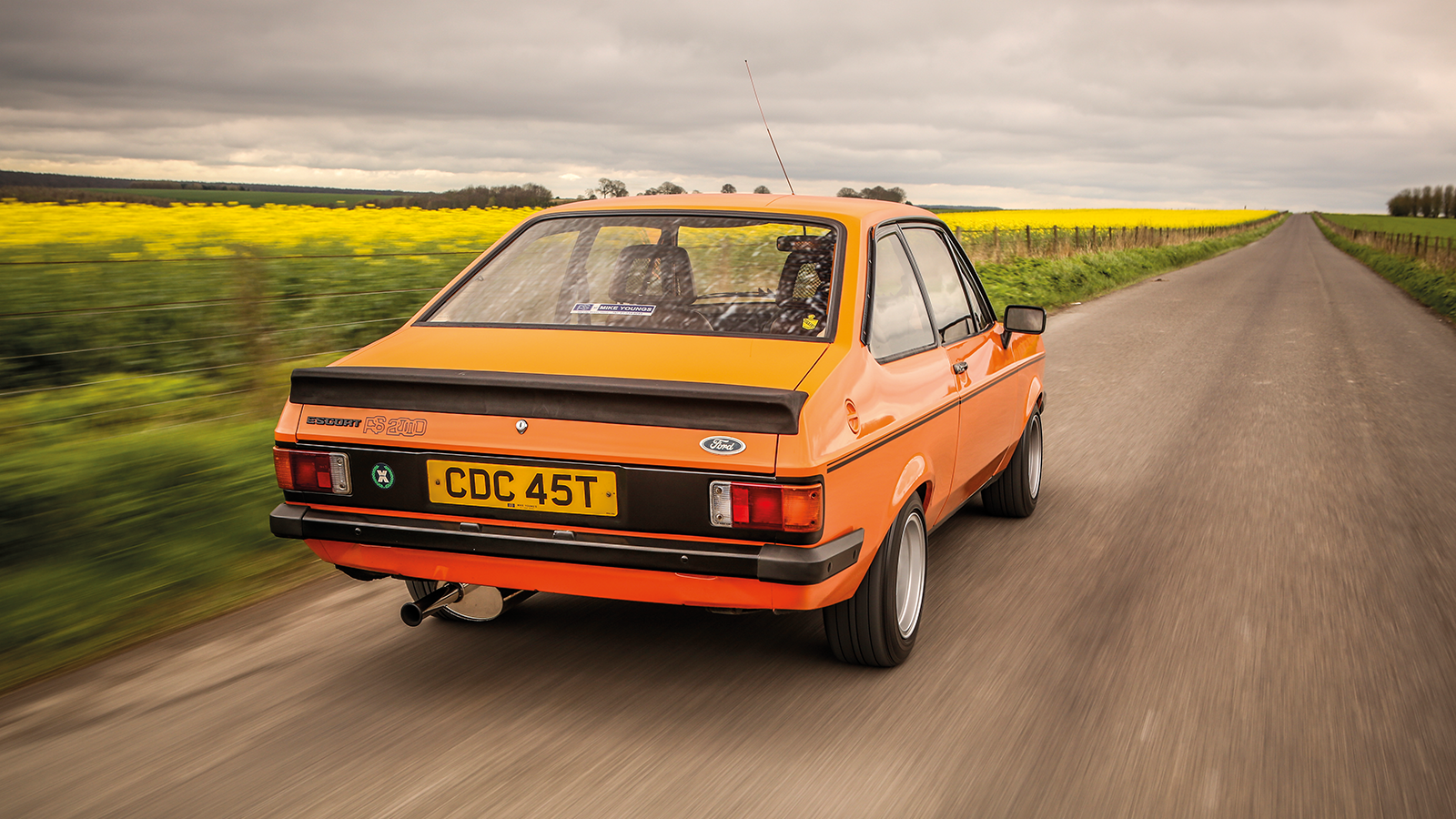 © Classic & Sports Car
© Classic & Sports Car -
 © Classic & Sports Car
© Classic & Sports Car -
 © Classic & Sports Car
© Classic & Sports Car -
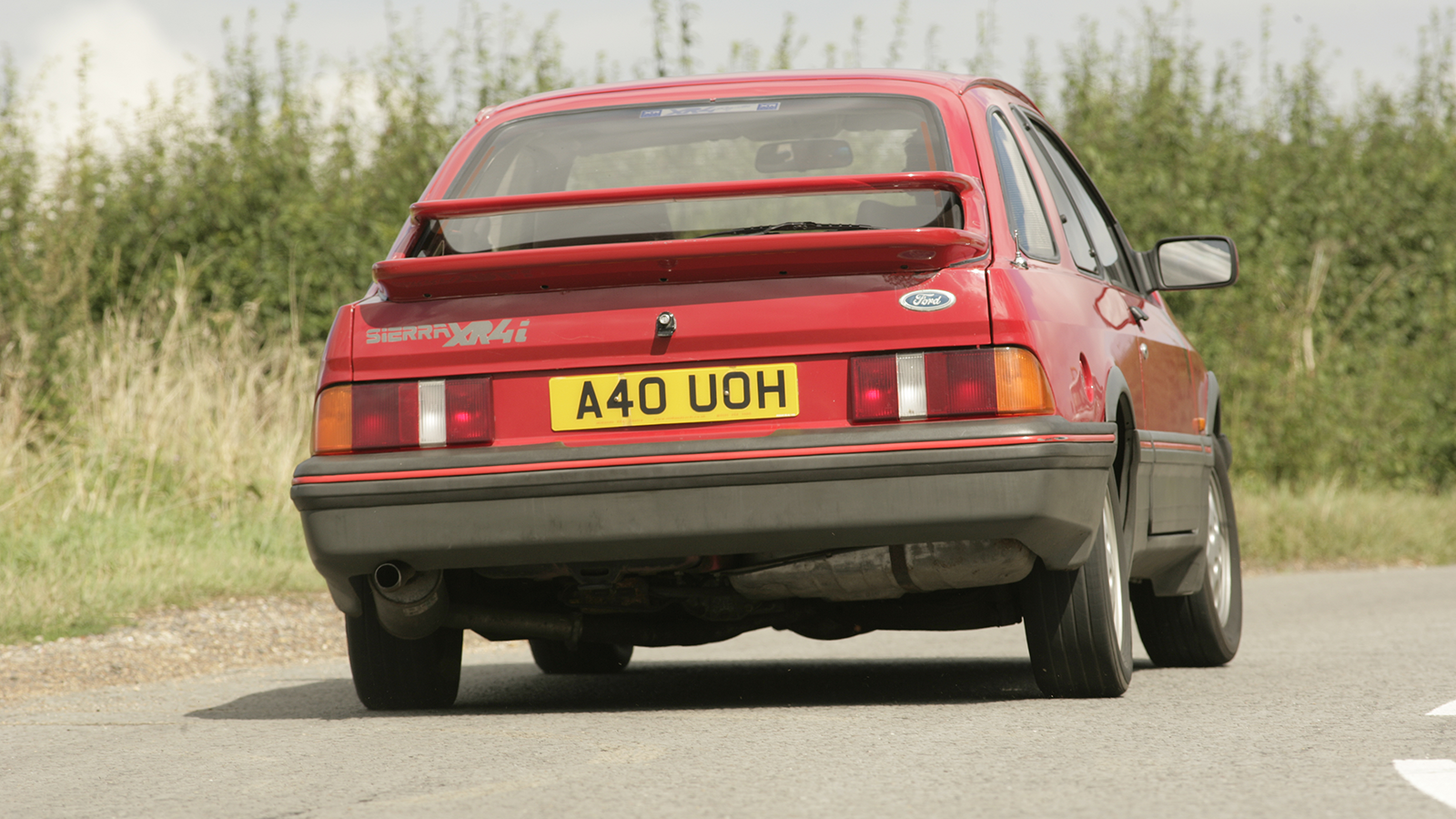 © Classic & Sports Car
© Classic & Sports Car -
 © Classic & Sports Car
© Classic & Sports Car -
 © Classic & Sports Car
© Classic & Sports Car -
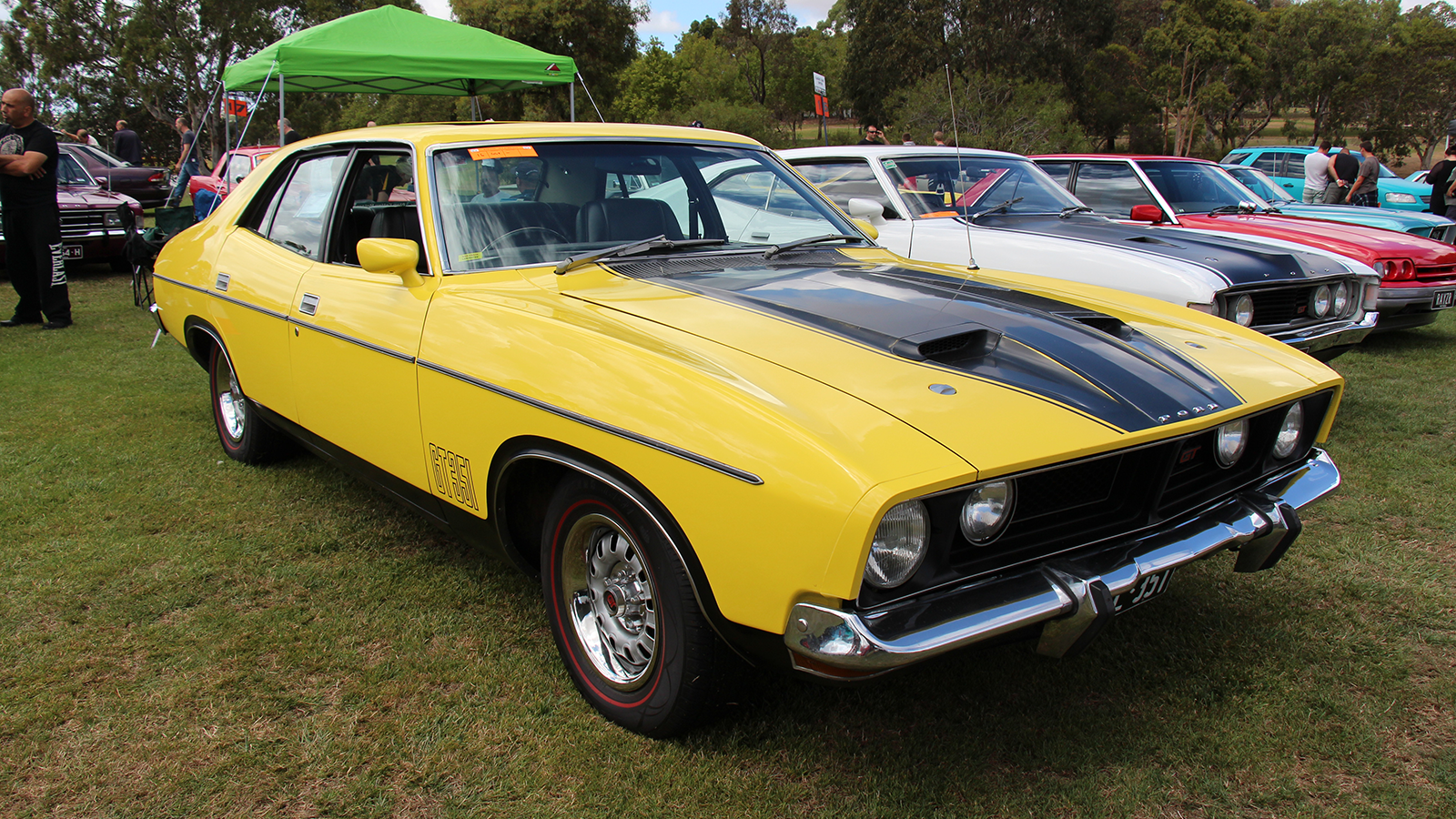 © Sicnag/Wikipedia
© Sicnag/Wikipedia -
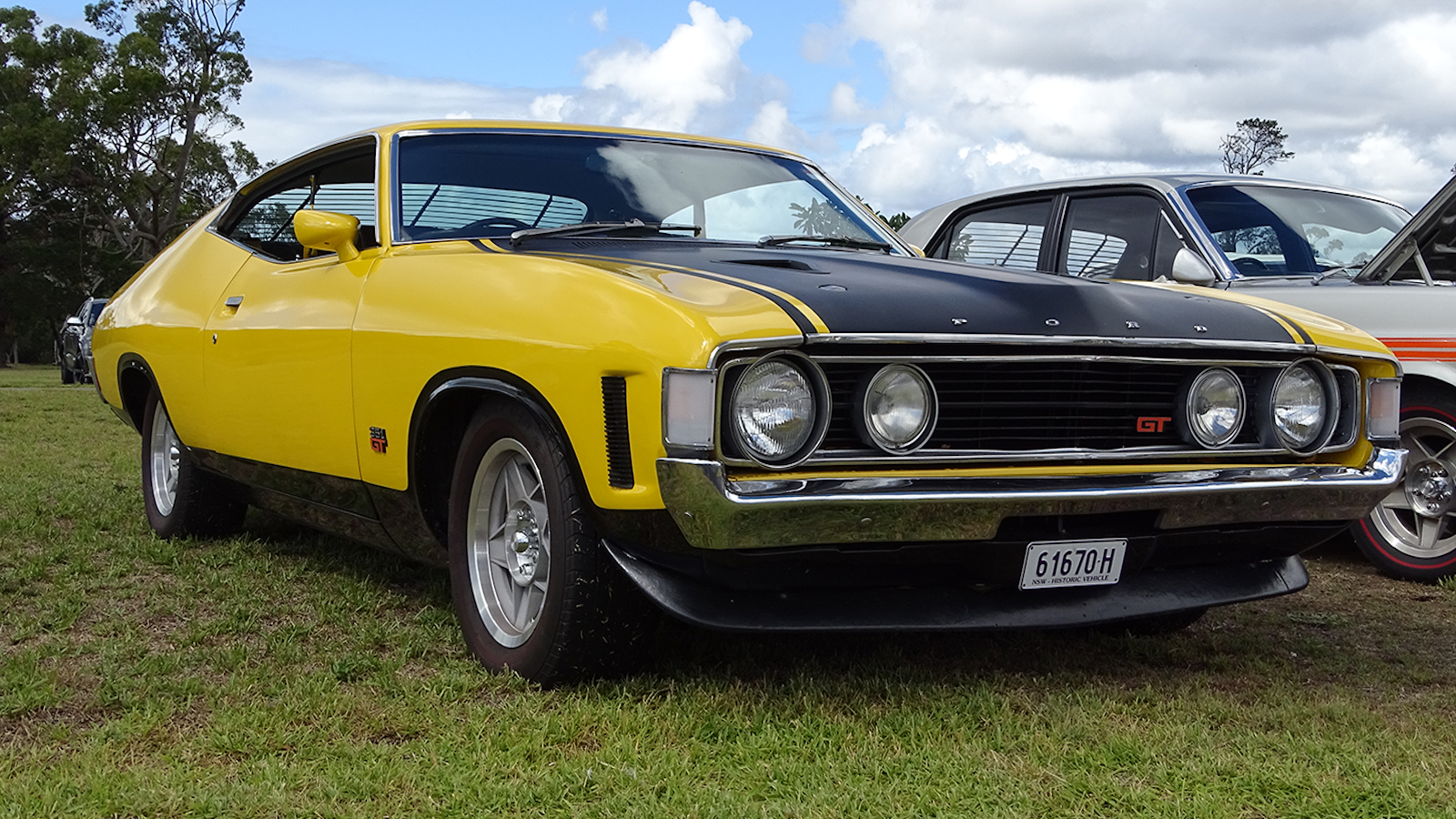 © FototSleuth/Wikipedia
© FototSleuth/Wikipedia -
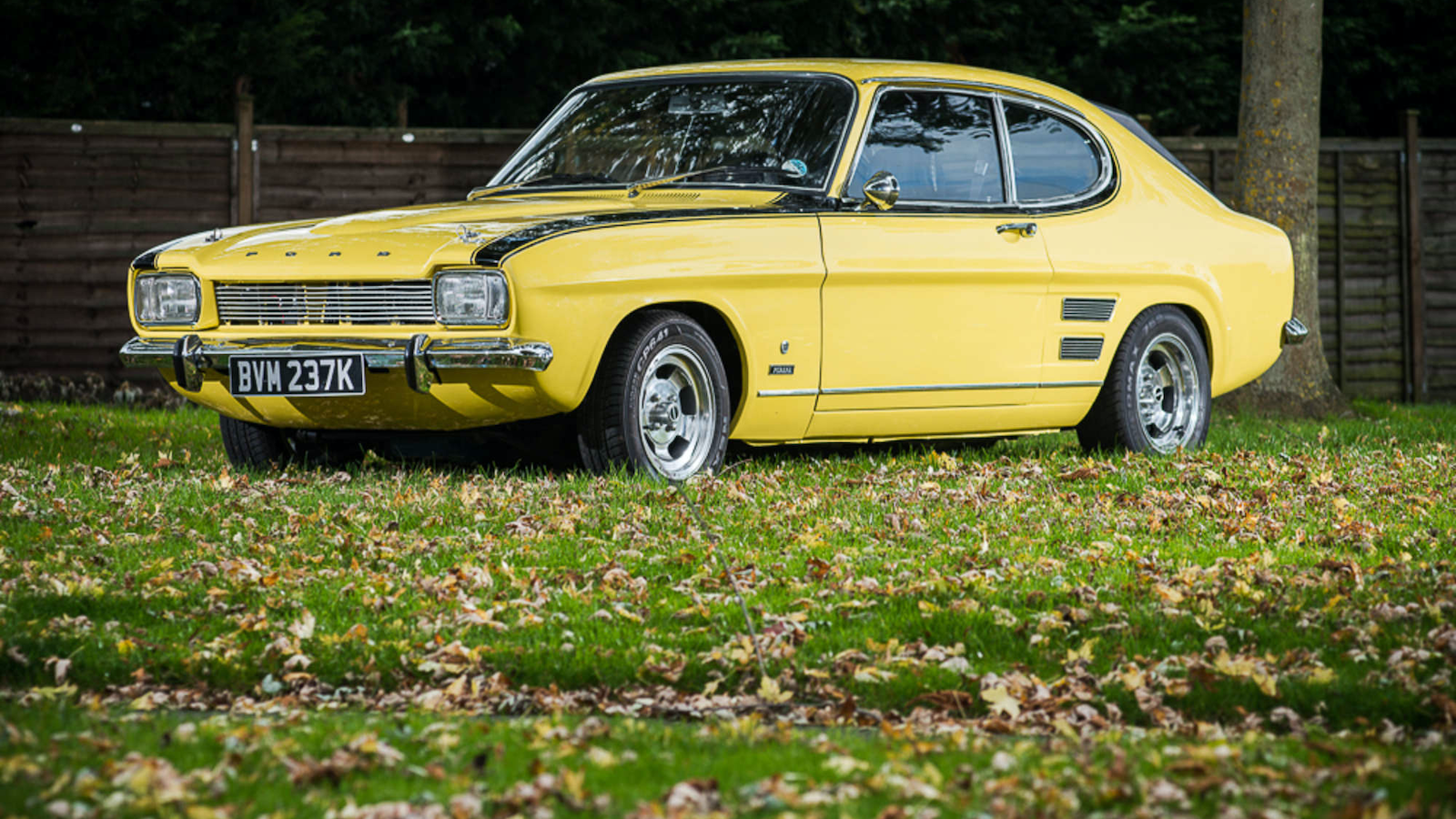 © Silverstone Auctions
© Silverstone Auctions -
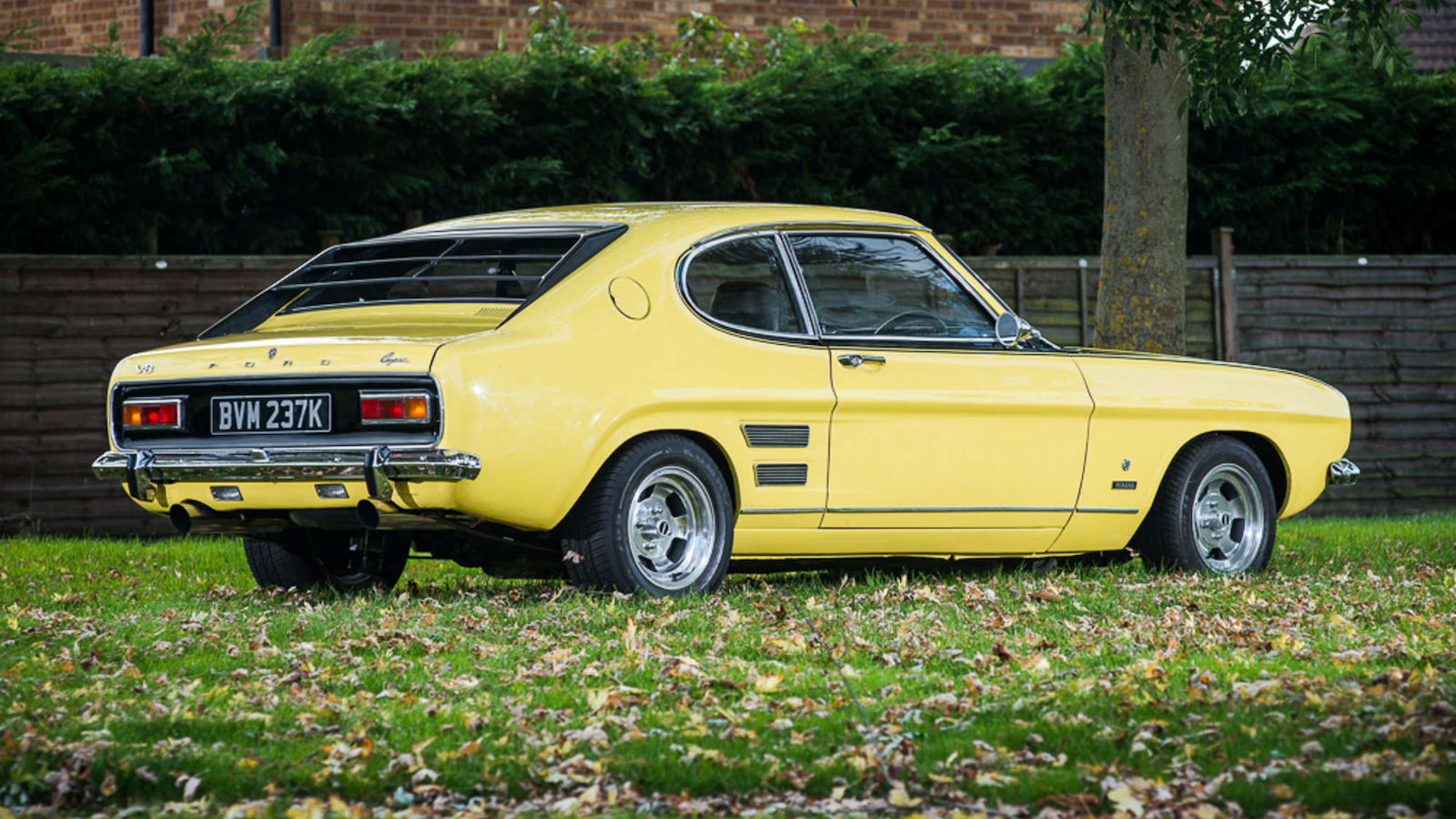 © Silverstone Auctions
© Silverstone Auctions -
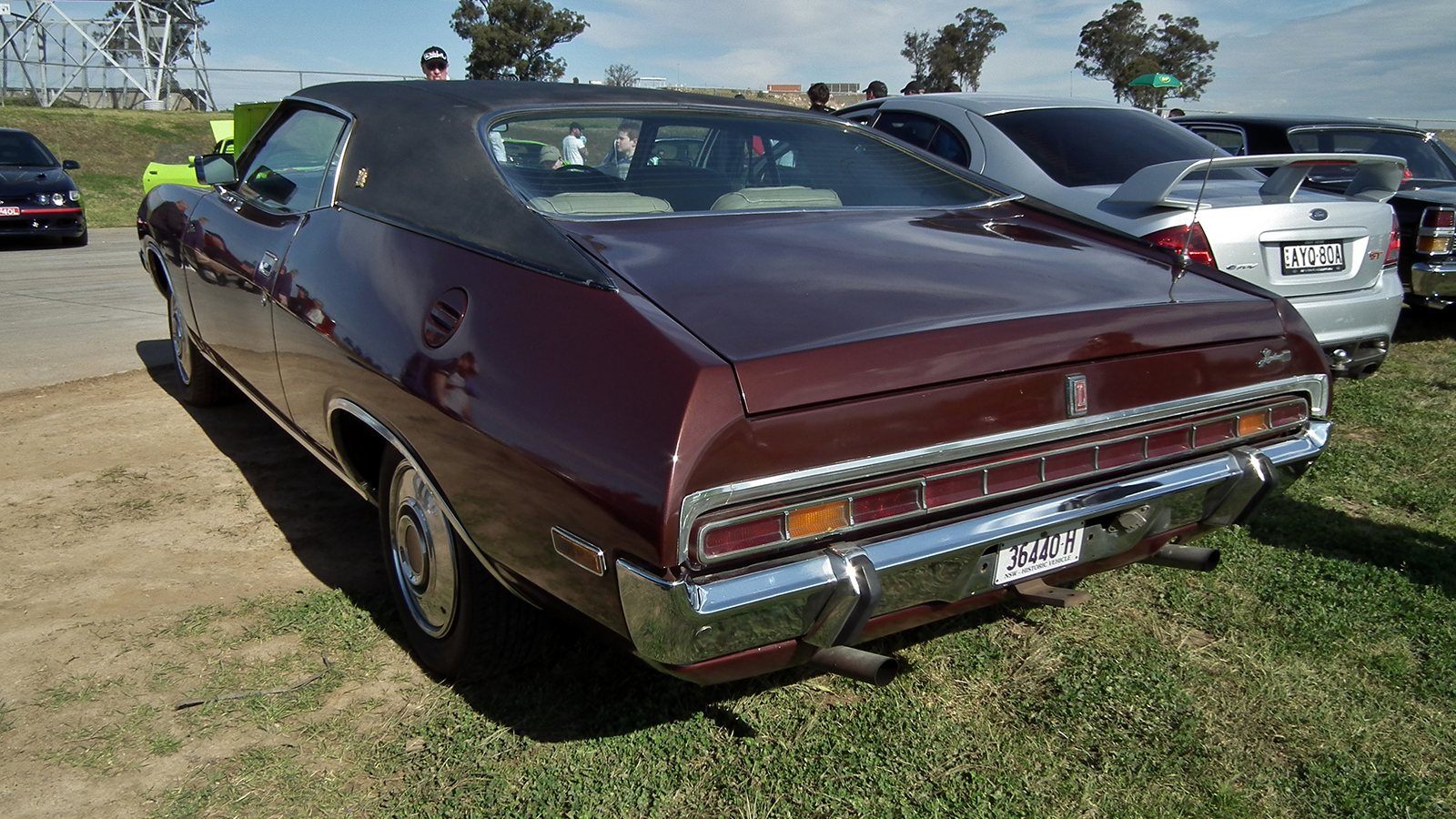 © sv1ambo/Wikipedia
© sv1ambo/Wikipedia -
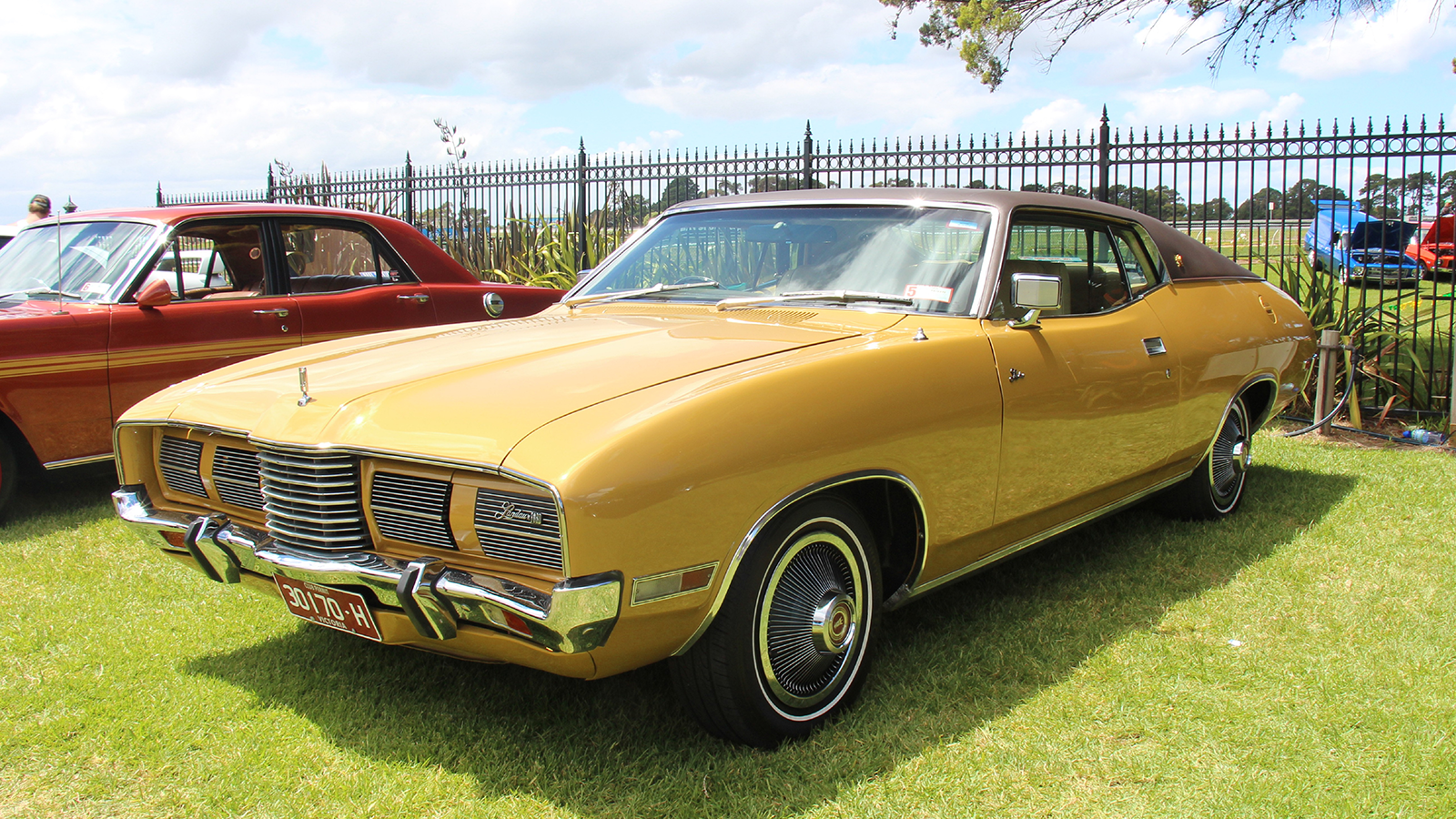 © Sicnag/Wikipedia
© Sicnag/Wikipedia -
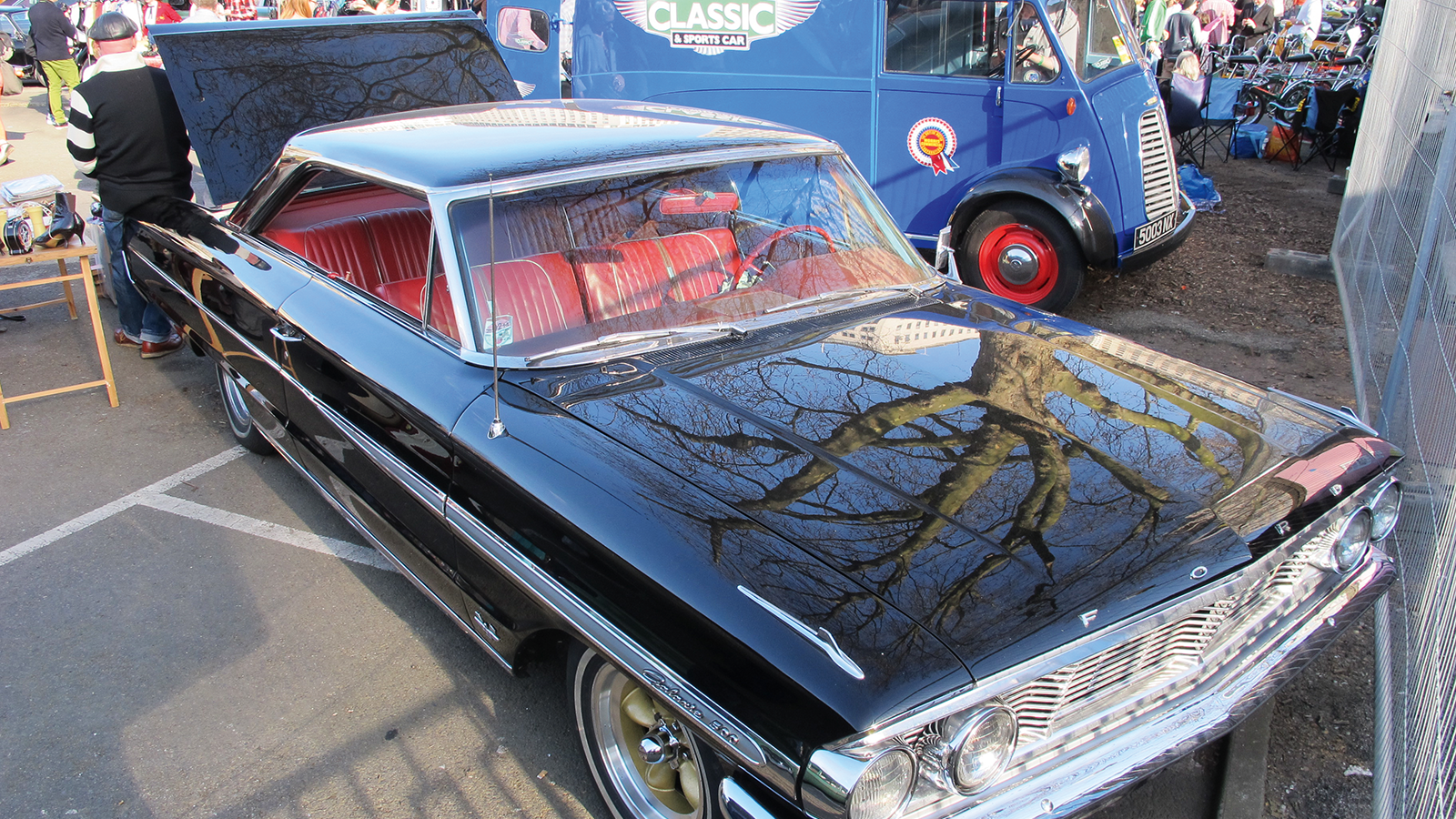 © Classic & Sports Car
© Classic & Sports Car -
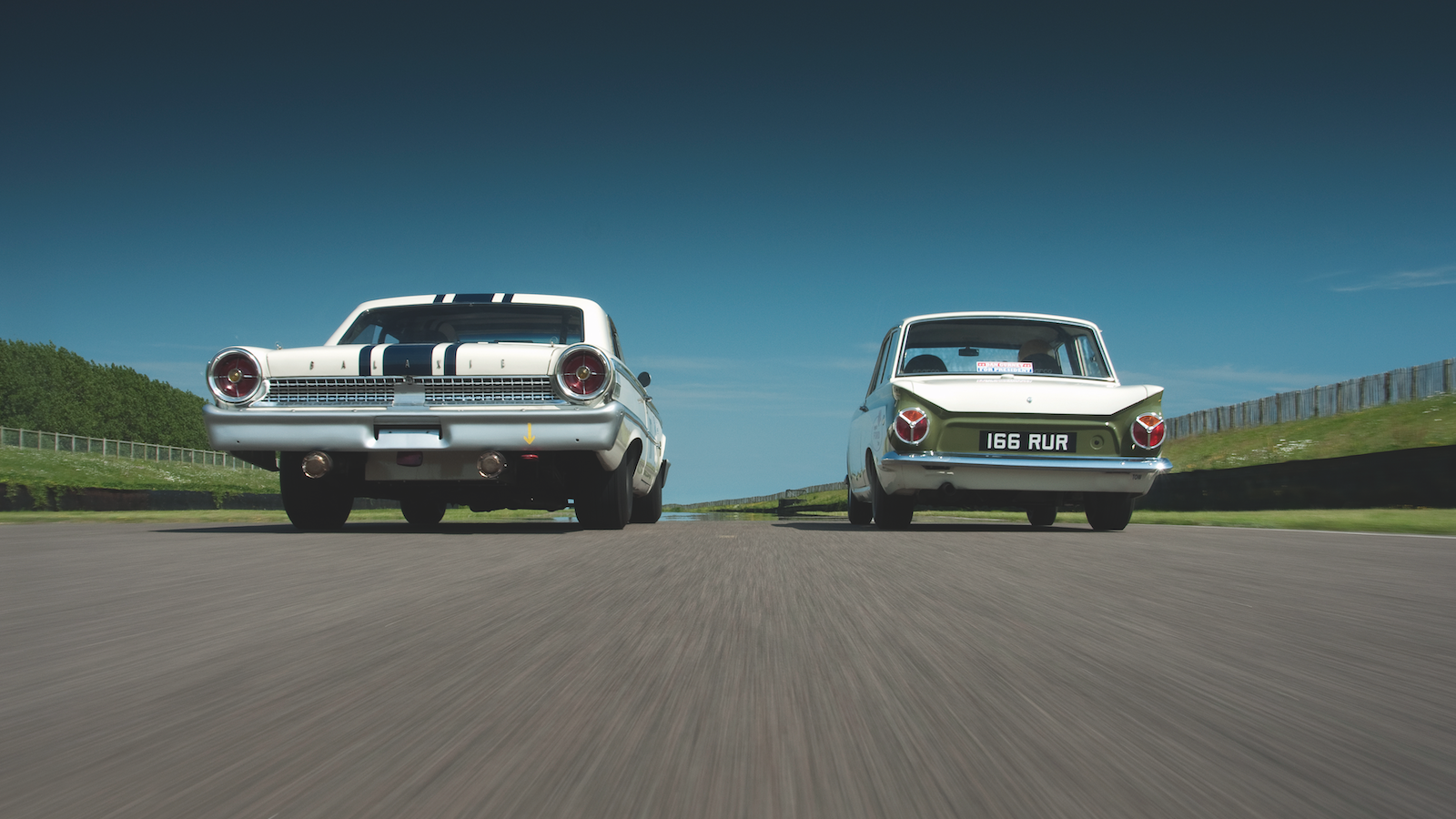 © Classic & Sports Car
© Classic & Sports Car -
 © Teddy Pieper/RM Sotheby’s
© Teddy Pieper/RM Sotheby’s -
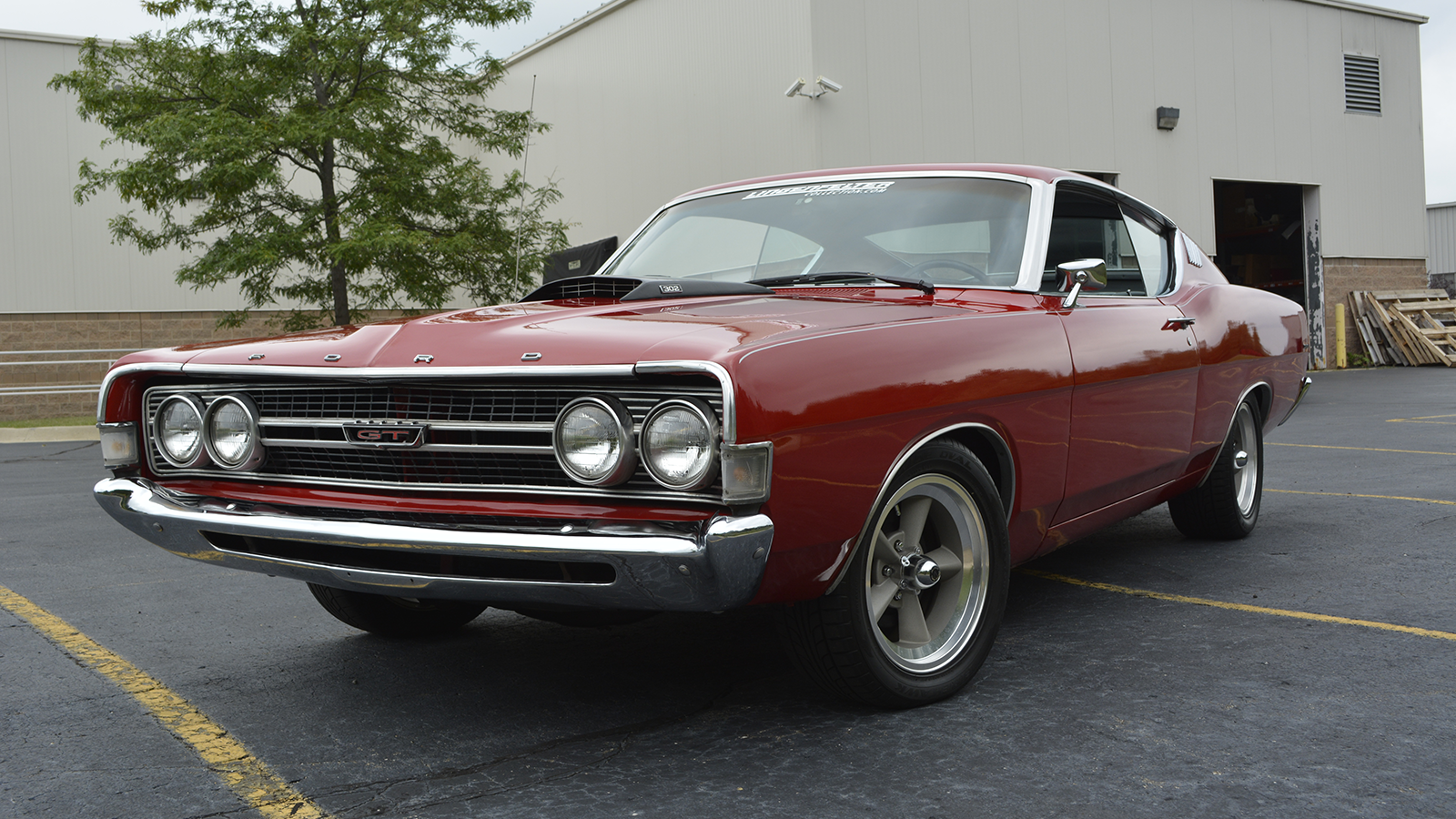 © RM Sotheby’s
© RM Sotheby’s
-
Power to the people
Ford has always pretty much managed to nail its target market, no matter where in the world it’s trying to sell cars. Its vehicles have always had a blue-collar feel, giving them an appeal for a wide range of customers from the budget-conscious family to the mid-level exec. And one thing Ford has always done especially well is appeal to those who like to go quickly, because fast Fords have always appealed to everyone.
There’s a two-fold reason for this. Firstly, the ‘common man or woman’ nature of its brand means buying a fast Ford almost feels like you’re joining a club where everyone has a similar interest. And secondly, the cars have almost uniformly been a hoot to drive, helped no doubt by Ford’s extensive on-track experience.
So, here are some of the high points in Ford’s high-performance heritage from around the world.
-
1. Ford Racing Puma (1999-’01)
The Ford Puma was already a hit, but Ford wanted more. It wanted to make more of the fact that the Puma was not only one of the coolest coupés around, but it was also a successful racing and rally car.
So, engineers at its Boreham development centre in the British county of Essex were tasked with coming up with the Puma to end all Pumas. And so they did.
The Ford Racing Puma appeared in 1999 and featured wider bodywork, a wider track both front and rear, and specially developed Alcon brakes.
-
Ford Racing Puma (cont.)
But that wasn’t all, because the Racing Puma also had uprated suspension and handling that was honed by none other than 1984 World Rally Champion Stig Blomqvist.
The naturally aspirated 1.7-litre four-cylinder engine remained from the standard 1.7 Puma, but was tuned to develop an extra 70bhp. Ford had intended to go down the turbocharging route, but this was deemed too costly.
Only 500 examples were ever made, by the Tickford engineering company, and it is believed that fewer than 300 remain.
-
2. Ford Escort Cosworth (1992-’96)
When is a Ford Escort not a Ford Escort? When it’s an Escort RS Cosworth.
Why? Well, because it isn’t actually an Escort underneath – the floorpan of the Escort Mk5 was designed to accommodate front-wheel drive, not the four-wheel-drive system featured in the ‘Cossie’.
So, Ford decided to use the floorpan from the Sierra Cosworth instead. Not a bad place to start.
-
Ford Escort RS Cosworth (cont.)
The car was built as a rally homologation special, so featured a ‘purposeful’ bodykit with the trademark huge ‘whale-tail’ spoiler, while under the bonnet lay a 2.0-litre turbocharged four-cylinder engine tuned by Cosworth.
The first 2500 cars had a big Garrett turbocharger designed for competition use, and so displayed huge turbo lag on the road.
Once homologation rules had been satisfied, Ford modified the design for the subsequent 4645 cars to make them easier to live with and drive on the road.
So a smaller turbo featured, although performance was largely unaffected.
-
3. Tickford Capri (1982-’91)
Tickford may have built the Ford Racing Puma, but the company had a much earlier association with Ford.
Back in the early 1980s, Aston Martin created a subsidiary engineering service called Aston Martin Tickford, and one of its first commissions was for a high-performance, luxurious Ford Capri.
A turbocharger was added to the Capri’s 2.8-litre V6 engine and a luxurious interior fitted. Also, that trademark bodykit was added.
-
Tickford Capri (cont.)
Performance was prodigious, with 0-100mph in 18.5 secs and a top speed of 137mph.
However, the price was also prodigious, at almost double that of a standard Capri 2.8 injection, so only 86 examples were made.
Indeed, the last Capri ever registered in the UK was a Tickford Capri in September 1991.
Tickford, its reputation cemented, moved on to other engineering jobs, including development of the roadgoing Ford Sierra Cosworth and the MG Maestro.
-
4. Ford Cortina Lotus Mk1 (1963-’66)
Lotus boss Colin Chapman was deep into the development of an engine to fit in his sports and racing cars when Ford approached him to fit the engine into the Ford Cortina, so that the car could go racing.
Ford supplied the basic Cortina, while Lotus did much more than just fit an engine.
The company uprated the suspension, steering and the running gear, and replaced many of the panels with lightweight alloy ones.
-
Ford Cortina Lotus (cont.)
The car was a hit from the off, both with the motoring press and customers.
However, as good as the car was to drive, actually keeping it driving proved to be something of an early problem, because there were issues with various parts of the drivetrain.
However, once these were resolved the Cortina Lotus became a legend, and the sight of it three-wheeling its way round corners with Formula One champion Jim Clark at the wheel merely enhanced its popularity.
-
5. Ford Fiesta XR2 Mk1 (1980-’83)
The sun was shining and Ford was making hay with its Ford Fiesta. The front-wheel-drive supermini was proving exceptionally popular with buyers, who were clamouring for little hatchbacks in the 1970s in the same way as buyers are chasing SUVs these days.
However, the Fiesta range had nothing of interest for one particular set of customers – those seeking a rapid version.
A hot model was needed. So, Ford tested the water in 1980 with the 1.3-litre Fiesta Supersport, which looked great but was tepid at best.
-
Ford Fiesta XR2 (cont.)
Still, buyers loved it, so the following year the Fiesta XR2 was born, with a 1.6-litre version of the Supersport’s Kent engine.
Boy racers loved the lowered, stiffened suspension, plus the extra zing from the engine, as well as the XR2’s bespoke front-end look, with its round headlights and indicators incorporated into the bumper.
The sun kept shining and Ford kept harvesting…
-
6. Ford Sierra XR8 (1984-’85)
Ford South Africa does things a little differently.
While Europeans were treated to a 2.0-litre turbocharged version of the Sierra with a huge rear spoiler, the South Africans decided that in order to be competitive on track, something more powerful was required.
So Ford stuck a 4.9-litre (302cu in) Windsor V8 engine from a Mustang under the bonnet of the five-door Sierra.
-
Ford Sierra XR8 (cont.)
The Sierra required extensive modifications to accommodate the motor, including a new drivetrain, revised suspension, and bodywork mods up front to allow the engine to breathe properly.
The trademark double rear spoiler remained, though.
Ford South Africa ended up making 250 examples to satisfy the homologation rules, and the car enjoyed a relatively successful racing career.
These days it makes for an unusual and suitably rumbly reminder of the days when designers were allowed free rein to make halo cars.
-
7. Ford Mustang Shelby GT500 (1967-’70)
There ain’t no replacement for displacement, or so the saying goes. That’s a philosophy Ford and Shelby adhered to in 1967.
They’d been making the 4.7-litre (289cu in) V8 Mustang GT350 for a few years, and it was a success both in the showroom and on track.
However, more is always better, so in 1967 Shelby decided to build the GT500 model, which featured a 7.0-litre (428cu in) V8. It even had a roll bar installed for safety, such was its fearsome performance.
-
Ford Mustang Shelby GT500 (cont.)
But for Ford, that wasn’t enough, so in 1968 Shelby released the GT500 KR. KR? Yep, it stood for ‘King of the Road’.
The engine was now a 7.2-litre (438cu in) V8 that officially produced the same 335bhp, but in reality the output was closer to 400bhp.
Ford took over development of the car in 1969, when Shelby decided to focus on other projects, but the ’69 merely had styling updates in what was pretty much the final year of the GT500, because 1970 cars were just ’69 models with different stickers.
-
8. Ford Thunderbird Mk1 (1955-’57)
Back in the mid-1950s, if you lived in the United States and wanted a rapid two-seat convertible sports car, then there was really only one choice – the Chevrolet Corvette that had recently been unveiled to much acclaim.
Not great news if you’re a Ford executive.
So, the company commissioned a group of designers to come up with a two-seat drop-top that would accommodate a 4.8-litre (292cu in) V8 engine, and which could top 100mph.
-
Ford Thunderbird (cont.)
Ford was clever in that it positioned the Thunderbird as a more luxurious option to the Corvette.
It’s fair to say that the car was a winner straight out of the box, because it outsold the Corvette 23 to one in its first year.
Over the course of its three-year life, the car was extensively honed, including the spare wheel being moved to the rear bumper and larger, more powerful engines fitted.
Indeed, a supercharged version was believed to produce 300bhp.
-
9. Ford RS 200 (1984-’86)
Group B. In the 1980s this meant vast power, flame-spitting exhausts, crowd-lined rally stages and huge speeds – all criteria that were perhaps not the happiest of bedfellows.
Nevertheless, the enormous global coverage of the World Rally Championship meant manufacturers couldn’t afford not to be involved. And they had to be competitive.
After the demise of the Mk2 Escort, Ford tried to develop a car based on the Mk3, but it didn’t work. The company started again and came up with the RS 200, a purpose-built rally machine with four-wheel drive and 444bhp from its 1.8-litre turbocharged four-cylinder motor.
-
Ford RS 200 (cont.)
However, huge turbo lag hampered its competitiveness, and its power-to-weight ratio wasn’t great, so it wasn’t quite on the pace at first.
Then, the car scored its best result of third in the 1986 Rally of Sweden, but one event later, tragedy struck. At the Rally of Portugal, an RS 200 went off the road, killing three spectators.
This was another incident that forced the governing body of motorsport to look at Group B, and the category was abolished at the end of the season.
-
10. Ford GT40 (1964-’69)
The Le Mans 24-hour race held a fascination for Ford, and the company wanted to win it, so it set about buying the company that had won the race on a number of occasions – Ferrari.
However, despite Ford spending a fortune on an acquisition bid, the notoriously fickly Enzo Ferrari turned it down at the last minute, enraging the American executives.
Revenge was deemed not only attractive, but also necessary.
-
Ford GT40 (cont.)
The company set about recruiting renowned car designer Eric Broadley to create and build a Ferrari-beater.
The car showed promise in 1964, but was fragile and clearly in need of further development. So, Ford employed Carroll Shelby to put the project on the right track (or more accurately, to make sure that all tracks were the right track).
Slowly and surely, the results turned around, until the car beat Ferrari at Le Mans in 1966. Then proceeded to do so in ’67, ’68 and ’69.
Revenge was worth the wait.
-
11. Ford Escort Mexico (1970-’74)
The Ford Escort Mk1 was a revelation. It had simple mechanical bits, an attractive bodyshell, and it was roomy and spacious.
As the first passenger car developed by the merged Ford of Europe, it was a cracker.
Ford couldn’t build the car fast enough, and its success was doubtless enhanced by the fact that the Escort had also proved more than a little successful in the world of rallying.
Indeed, one of the car’s greatest successes came in the 1970 London to Mexico Rally, with Finnish star Hannu Mikkola at the wheel, which proved the car’s robustness. Indeed, there were five Escorts in the top 10.
-
Ford Escort Mexico (cont.)
Later that year, Ford launched the Escort Mexico, to capitalise on the victory.
These cars featured a 1.6-litre ‘Crossflow’ engine and strengthened body panels, which made them ideal for competition use.
Performance wasn’t huge (top speed was 99mph) but it was a hoot to drive. Its reputation was assured.
-
12. Ford Sierra RS Cosworth (1986-’92)
It’s fair to say that the initial sales figures for the Ford Sierra were not exactly stellar.
That said, its cause was not helped by the fact that Ford dealers were frantically trying to offload final stocks of the Cortina (which the Sierra had replaced) at the time.
Still, ‘race on Sunday, sell on Monday’ goes the saying, so Ford wanted a hot version of the Sierra to go Group A racing and rallying with, mainly because the company’s products at the time were no longer competitive.
-
Ford Sierra RS Cosworth (cont.)
The company engaged Cosworth to produce engines, with Cosworth stipulating that it would build 15,000 units, far in excess of the 5000 planned by Ford.
The extra 10,000 engines were the reason Ford subsequently went on to develop a four-door Sierra Sapphire Cosworth.
And so a legend was born. The car went on to achieve incredible success on the race tracks of the world, and was even a success in rallying, even though it was rear-wheel drive in a field of four-wheel-drive rivals.
-
13. Ford Escort Mk2 RS 2000 (1976-’81)
The hot hatch was in its infancy in 1975, but it could be argued that Ford had beaten Volkswagen to the punch by offering cheap family transport with a sporting edge. The Mk2 Escort RS 2000 was that car.
The angular Mk2 Escort bodyshell was made even more so with the polyurethane ‘droop snoot’ nose with four circular headlights, and a low chin spoiler.
The bootlid also featured a small rubber spoiler.
-
Ford Escort Mk2 RS 2000 (cont.)
Initially, there was just one version, which featured a remote driver’s side door mirror, a clock, boot carpet and full door cards. However, in 1978 the range expanded to comprise a base model, which had none of this equipment, and the RS 2000 Custom, which featured all of the previously mentioned equipment, plus two Recaro front seats with ‘tennis racket’ head restraints.
The 2.0-litre engine produced 110bhp and performance was brisk for the day, with 0-60mph being covered in 8.9 secs, and the car achieving a top speed of 110mph.
It must have been quick, because the car was given a starring role in 1970s police show The Professionals.
-
14. Ford Sierra XR4i (1983-’85)
When launching the Sierra, Ford was in a quandary.
It wanted a high-end performance model to snare those who were after a brisk coupé but for whom the Capri was too cramped. However, the three-door Sierra was only ever intended to be launched in lower-end trims.
So, Ford came up with a different three-door body style that had some elements of the rear quarters of the five-door, combined with the longer doors of the three-door.
It certainly looked different from the humdrum Sierras, especially because it also sported a two-tier rear spoiler.
-
Ford Sierra XR4i (cont.)
Under the bonnet was the 2.8-litre V6 Cologne engine from the Capri 2.8 injection, which gave the car reasonable performance.
However, the XR4i lasted for only two years before it was joined by the conventional five-door XR4x4 model, which also featured four-wheel drive.
It was more practical and had better traction, so the XR4i went the way of the dodo just a few months later.
-
15. Ford Escort RS 1600i (1981-’83)
With the demise of the Escort Mk2, the famed RS disappeared, too. ‘XR’ was Ford’s new name for its hot vehicles.
However, the RS brand's death was short-lived, because Ford wanted to go racing in the FIA’s Group A Touring Car category, which stipulated that 5000 examples of any vehicle had to be built to qualify.
So, the company set about developing a motorsport-focused version of its Mk3 Escort, with more power, stiffer and adjustable suspension, and bigger brakes. It was also the first Ford to be mass-produced with electronic ignition.
-
Ford Escort RS 1600i (cont.)
Outside, there was a deeper front spoiler and a (de rigueur for the time) bi-plane rear spoiler.
Inside, there was a sea of luxury velour (even on the bucket seats) and an RS steering wheel. The rest of the interior was identical to that of an Escort Ghia.
The engine tuning actually made the RS 1600i more difficult as a road car, but nevertheless it proved hugely popular despite its lofty price-tag (12.5% higher than that of an equivalent XR3i), and in the end Ford produced 8659 examples.
-
16. Ford Falcon GT XB (1973-’76)
The Ford Falcon XB was already a good-looking machine that had found huge favour with Australian buyers.
It had a much meaner look than its predecessor, the XA, and it had several mechanical upgrades, including front disc brakes.
The GT version, meanwhile, was available as a four-door or as a coupé, and had a couple of large bonnet scoops, reclining bucket seats and disc brakes all round. Up front lay a 5.7-litre (351cu in) V8 engine.
Australian motor racing is all about Ford vs Holden, and the pinnacle is the Bathurst 1000 race at Mount Panorama. Many advertising dollars depended on victory at The Mountain.
-
Ford Falcon GT XB (cont.)
However, while the Falcon XA triumphed on a few occasions, the XB never managed it.
Then in 1979, along came Max Rockatansky. You might know him better as Mad Max. The film was, in essence, a rolling advert for Ford, because the yellow, red and blue police cars were all Ford Falcons, and Max’s all-black ‘last of the V8s’ Interceptor was a Falcon GT tuned by Satan himself.
Thankfully, the world has yet to descend into the dystopian maelstrom depicted in the films, but the Falcon XB evidently provided a good way to outrun (or chase) the bad guys.
-
17. Ford Capri Perana (1969-’73)
In South Africa in the late 1960s, the new Ford Capri was marketed as a pony car in the same vein as the Ford Mustang in the United States.
However, while the Capri Mk1 was an undeniably good-looking machine, it was lacking one crucial element.
Yes, where the US Mustang could be had with a whacking great V8 engine up front, the South African had 1.3- and 1.6-litre V4 motors. Even the hot version was only a 2.0-litre.
Traffic-light grands prix would be a humbling experience.
-
Ford Capri Perana (cont.)
Step forward one Basil Green, a man with a history of building tuned cars (all of which received the Perana name as a variation on piranha) and who also owned a racing team.
The Capri needed more power, and Green started by fitting the Ford 3.0-litre Essex V6 motor. Nope, not quick enough, so the Ford Mustang’s 4.9-litre (302cu in) V8 was fitted.
Ford loved it, and so took over production, eventually building around 500 examples.
-
18. Ford Landau (1973-’76)
The Ford Landau was the most expensive Australian road car ever sold, when production ended in 1976. A Ford. Most expensive. So much for power to the people.
But the Landau was also something else, because it was genuinely luxurious, with disc brakes all round power steering, air conditioning, leather trim and even seatbelts that would retract themselves when unclipped.
And the window went up and down at the press of a button.
-
Ford Landau (cont.)
Looks-wise it was a bit of a hybrid, with the coupé body of the Ford Falcon XA GT with the front end of the Ford LTD saloon grafted on.
Under the bonnet lay a 5.7-litre (351cu in) V8 engine linked to a three-speed automatic transmission, so the overall ambience was of relaxed power.
Unfortunately, that ‘most expensive’ price counted against it, and only 1385 examples ever saw the light of day.
-
19. Ford Galaxie 500 Mk2 (1960-’64)
Back in 1960, if you were driving a Ford Galaxie you were doing well – and people knew it. This is because the name was used to denote the top models in Ford’s full-size range.
The second-generation car was designed to be less ostentatious than the first, and so the car was lower and wider, and simply more purposeful-looking.
And then in 1962, along came the Galaxie 500, which offered more luxury in a two-door hardtop or convertible body style. Under the bonnet was Ford’s 4.8-litre (292cu in) V8 motor, although a 7.0-litre (406cu in) V8 was also available.
-
Ford Galaxie 500 Mk2 (cont.)
However, the Galaxie had a weight problem, and it couldn’t keep up with rivals, either on the NASCAR circuit or on the drag strip.
Nevertheless, Jack Sears used one to good effect in 1963, when he won the British Saloon Car Championship.
Other notable drivers included Graham Hill and Sir Jack Brabham, but by this point the Ford Cortina Lotus was arriving on the scene and the Galaxie was decidedly uncompetitive.
-
20. Ford Torino GT Mk1 (1968-’69)
The Ford Torino was on sale for only six years, which hardly seems worth the trouble for a car manufacturer. It was named after the city of Turin, which the US marque considered to be the Italian Detroit because of its car-building industry.
It was intended to replace the Fairlane models, but that never quite happened.
However, the Torino did have a GT model that was far more desirable than the standard cars. This had colour-matched carpeting, courtesy lights on the door panels and an optional handling and suspension package.
-
Ford Torino GT Mk1 (cont.)
The standard GT engine was supposed to be a 4.9-litre (302cu in) V8, but a union strike affected this, and the base GT engine became a 4.7-litre (289cu in) V8, although Ford chose not to update the brochures to let buyers know.
There was also an option 7.0-litre (428cu in) Cobra-Jet V8 engine, which was believed to produce more than 335bhp.
Press reports of the car were almost universally positive, particularly concerning the handling. This undeniably helped sales, with the GT model being the biggest-selling Torino, ahead of any other body style.
